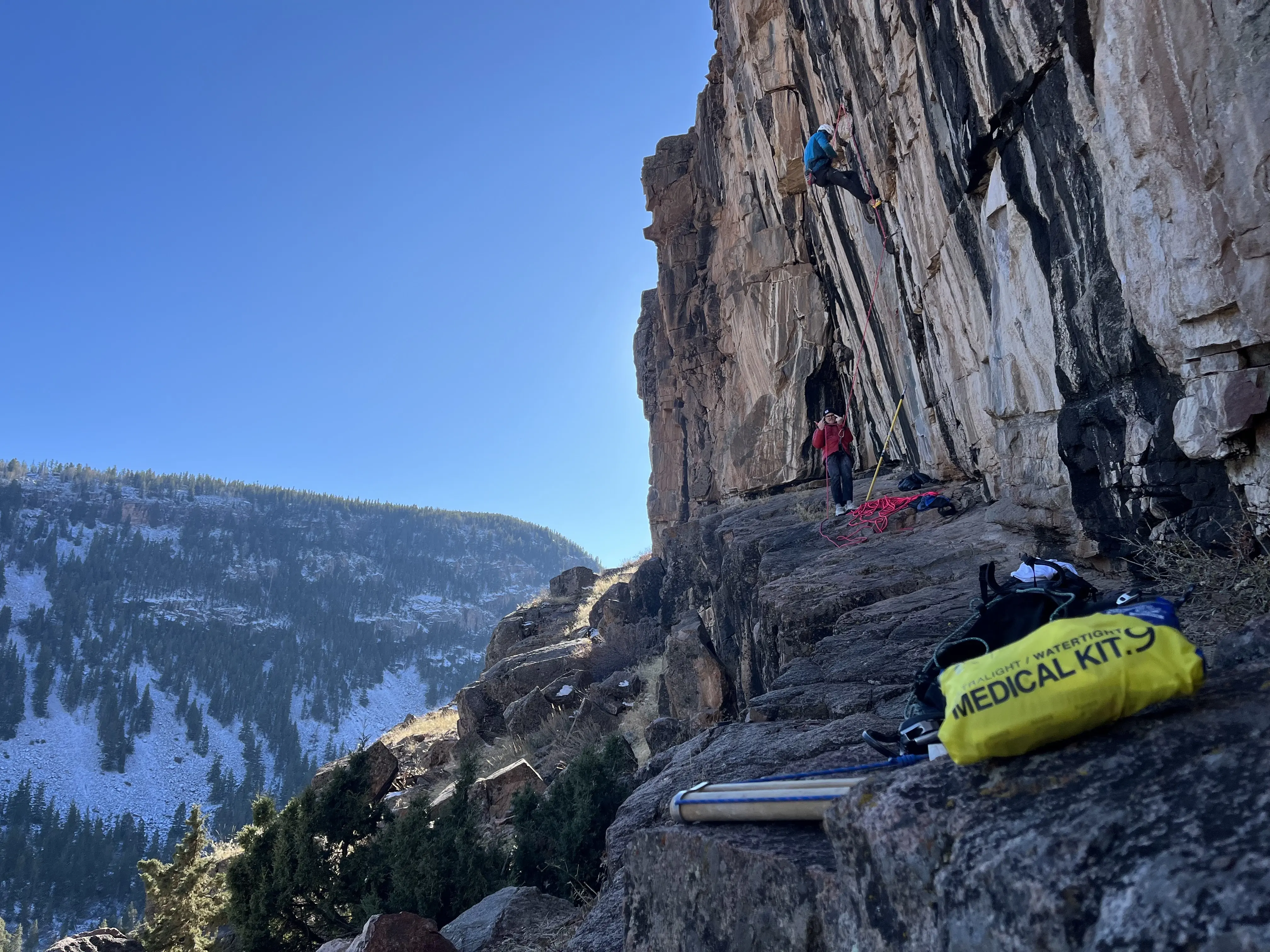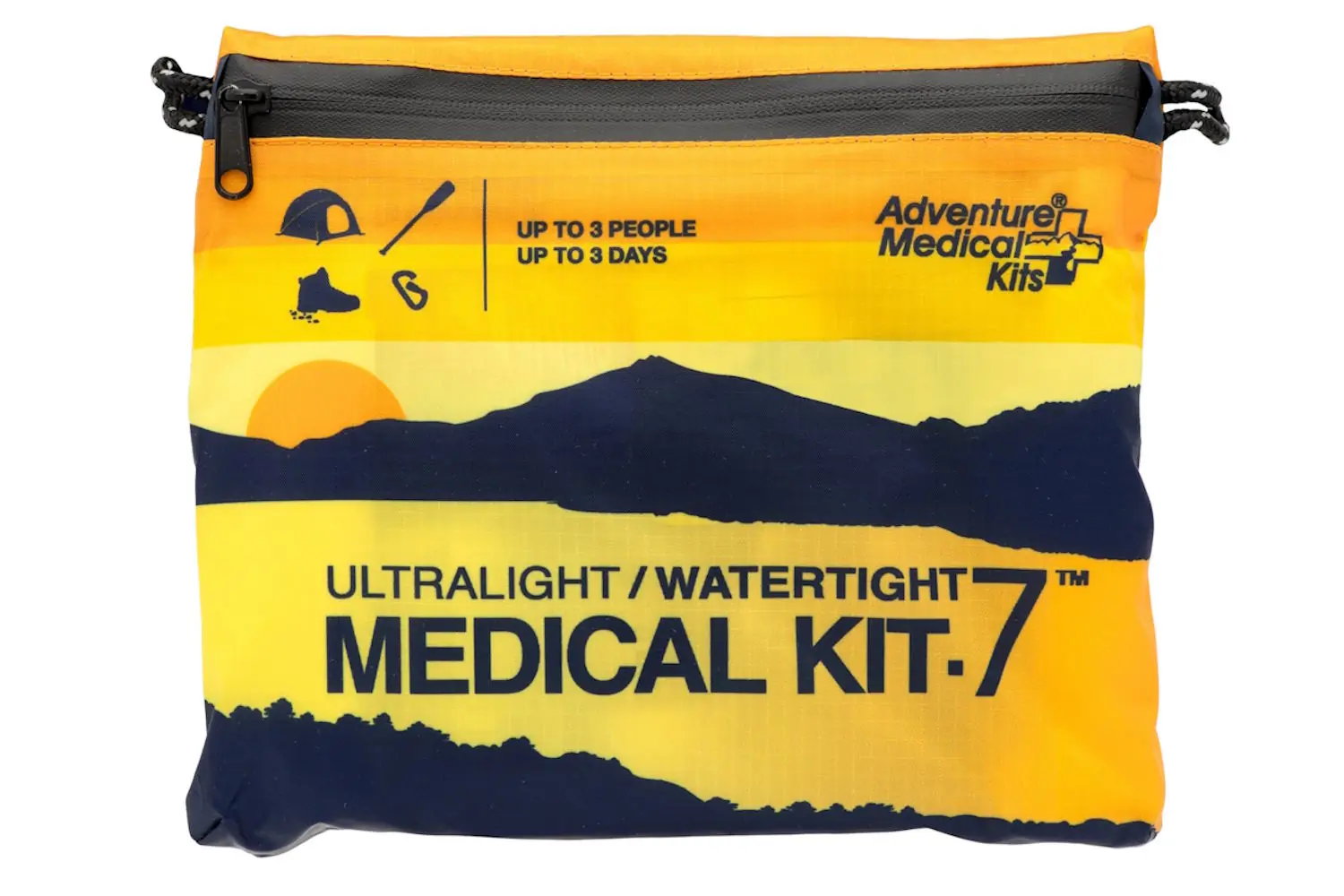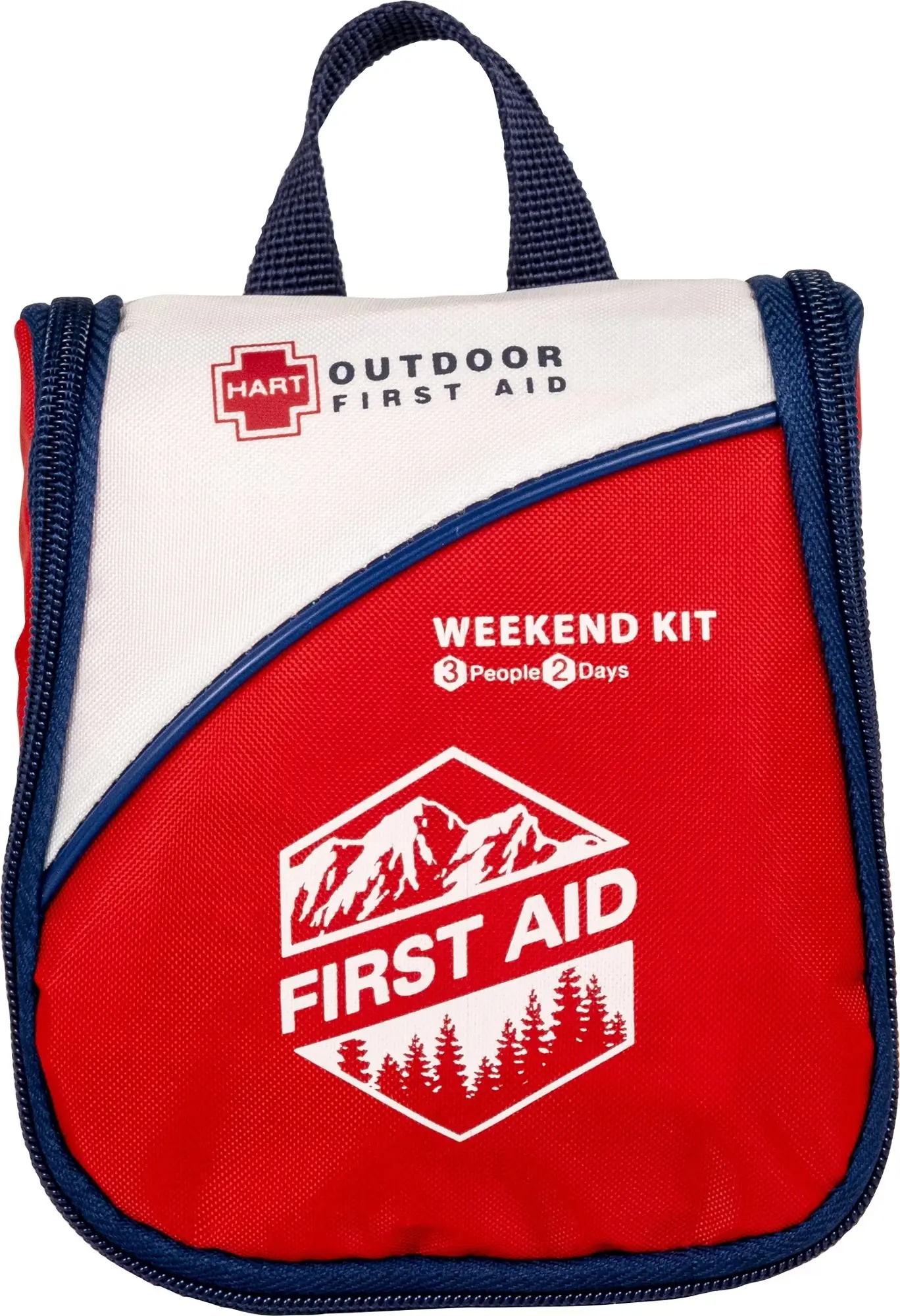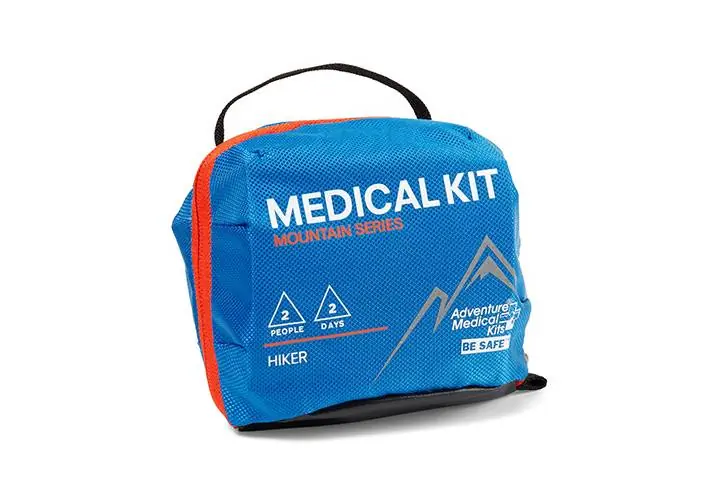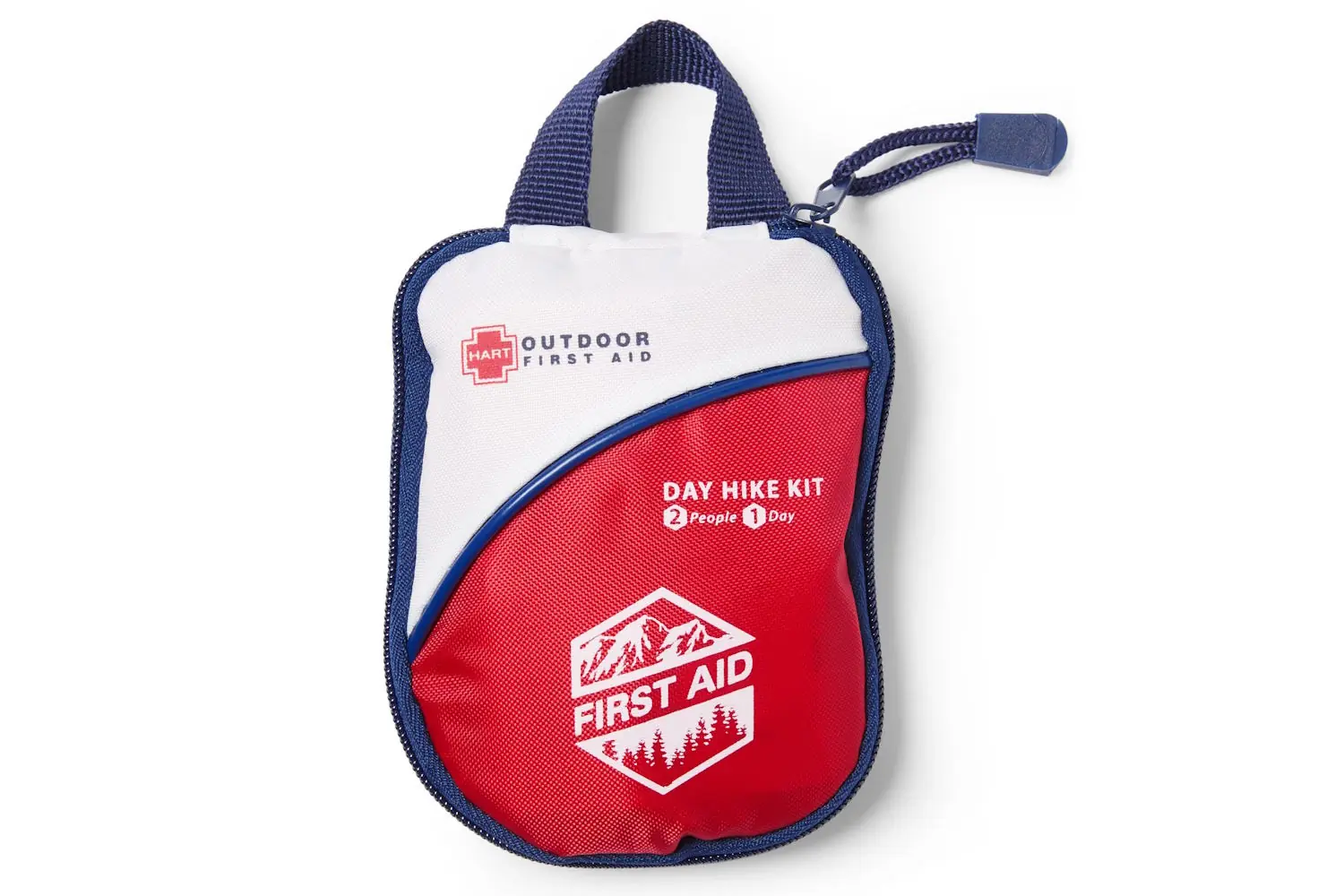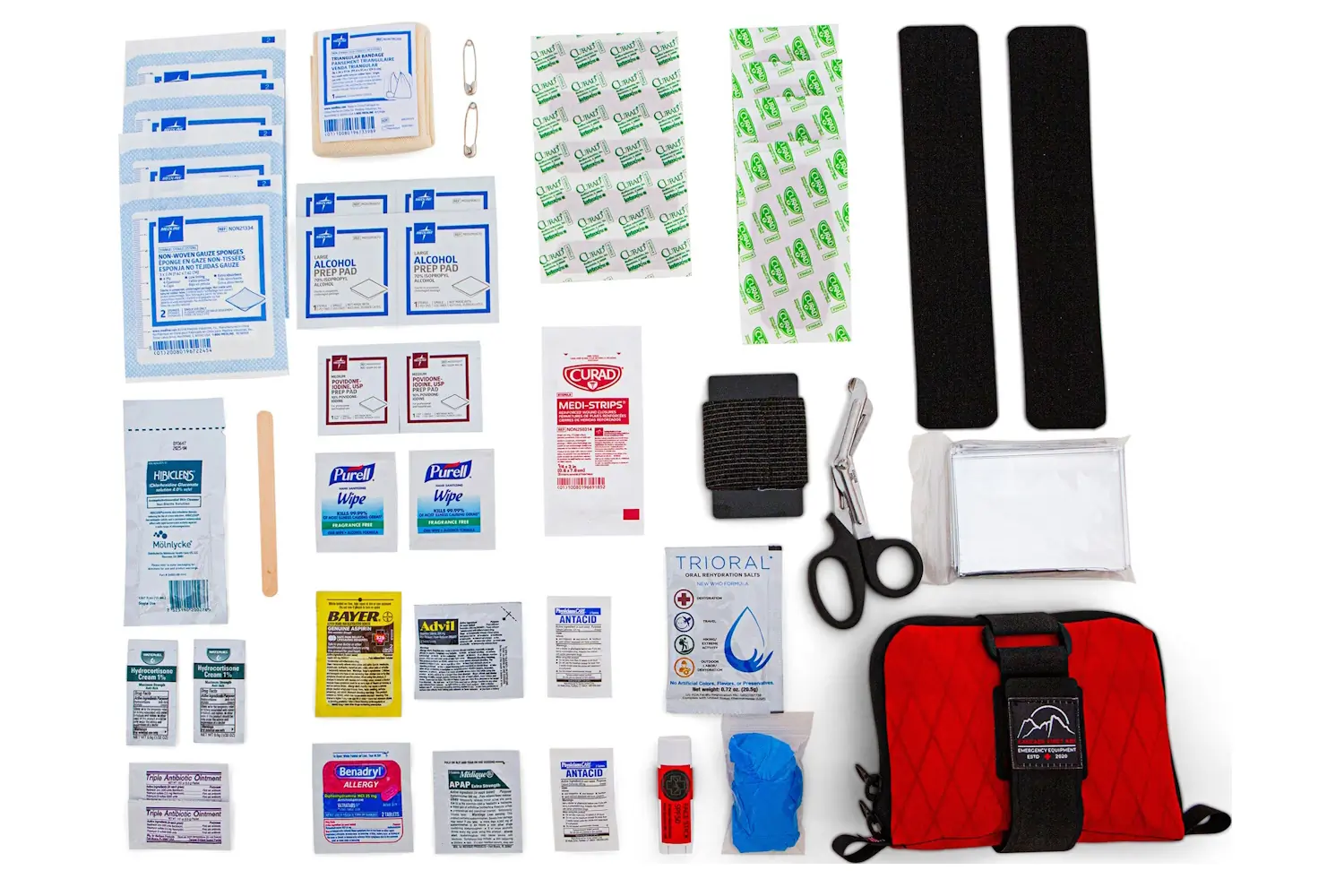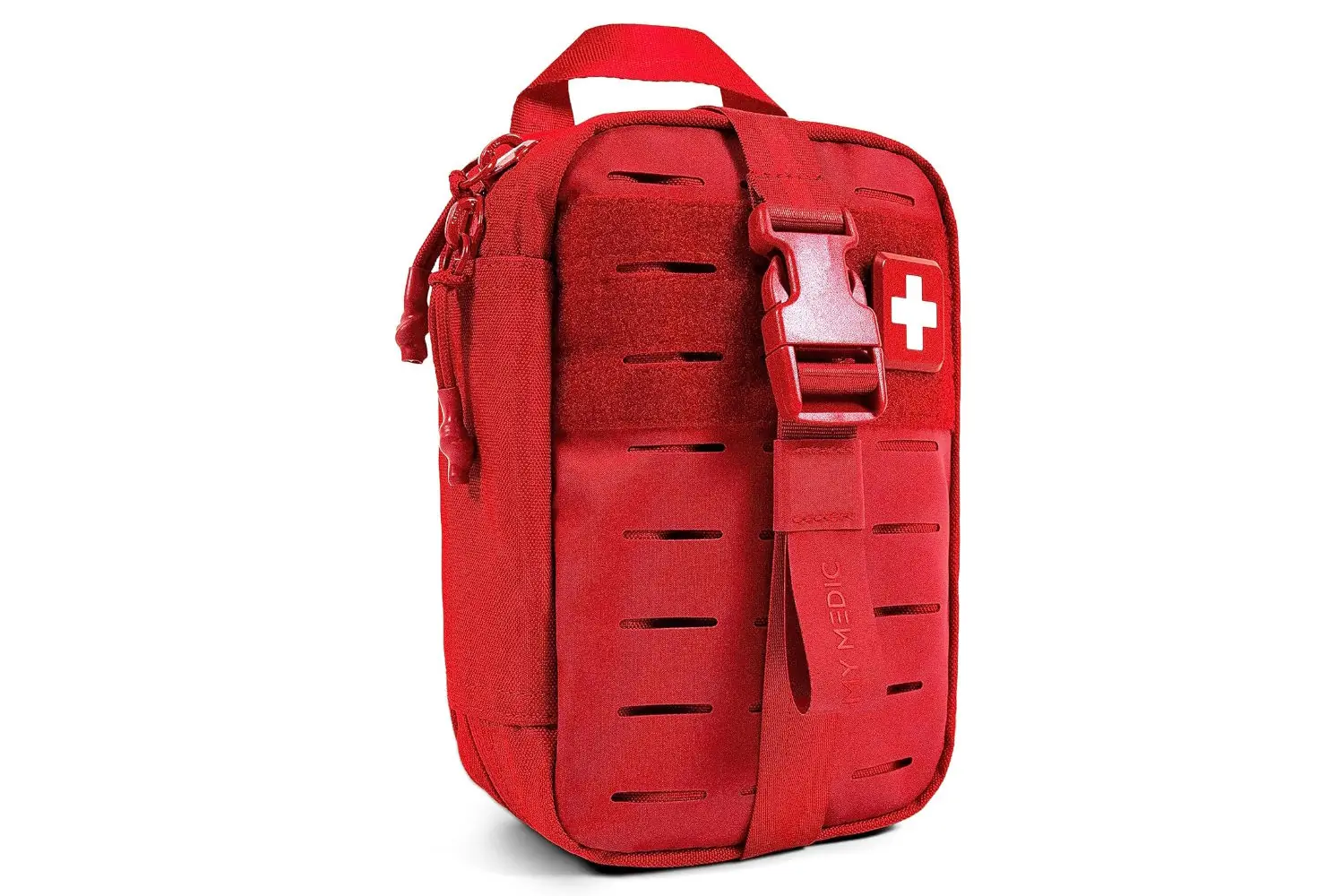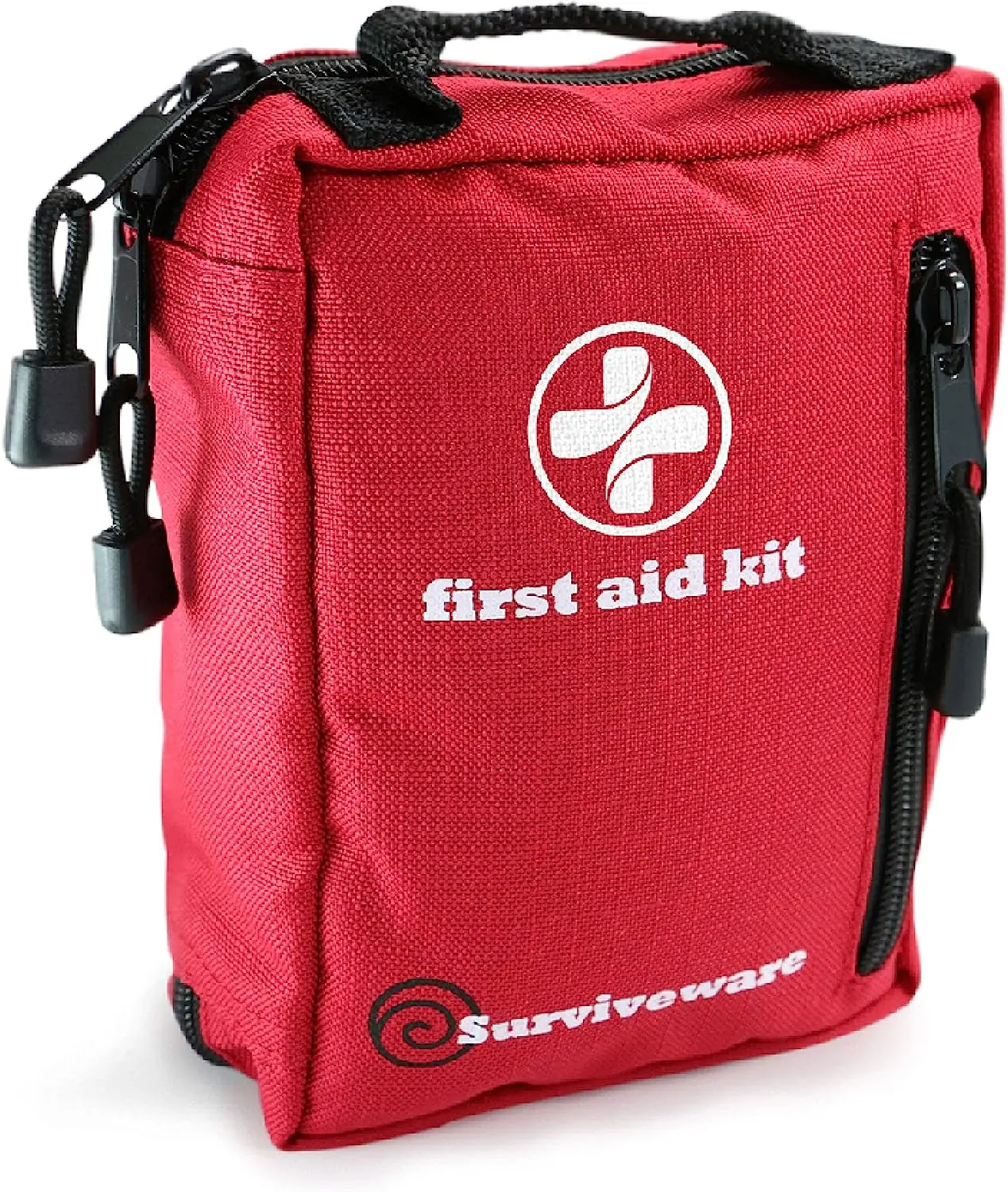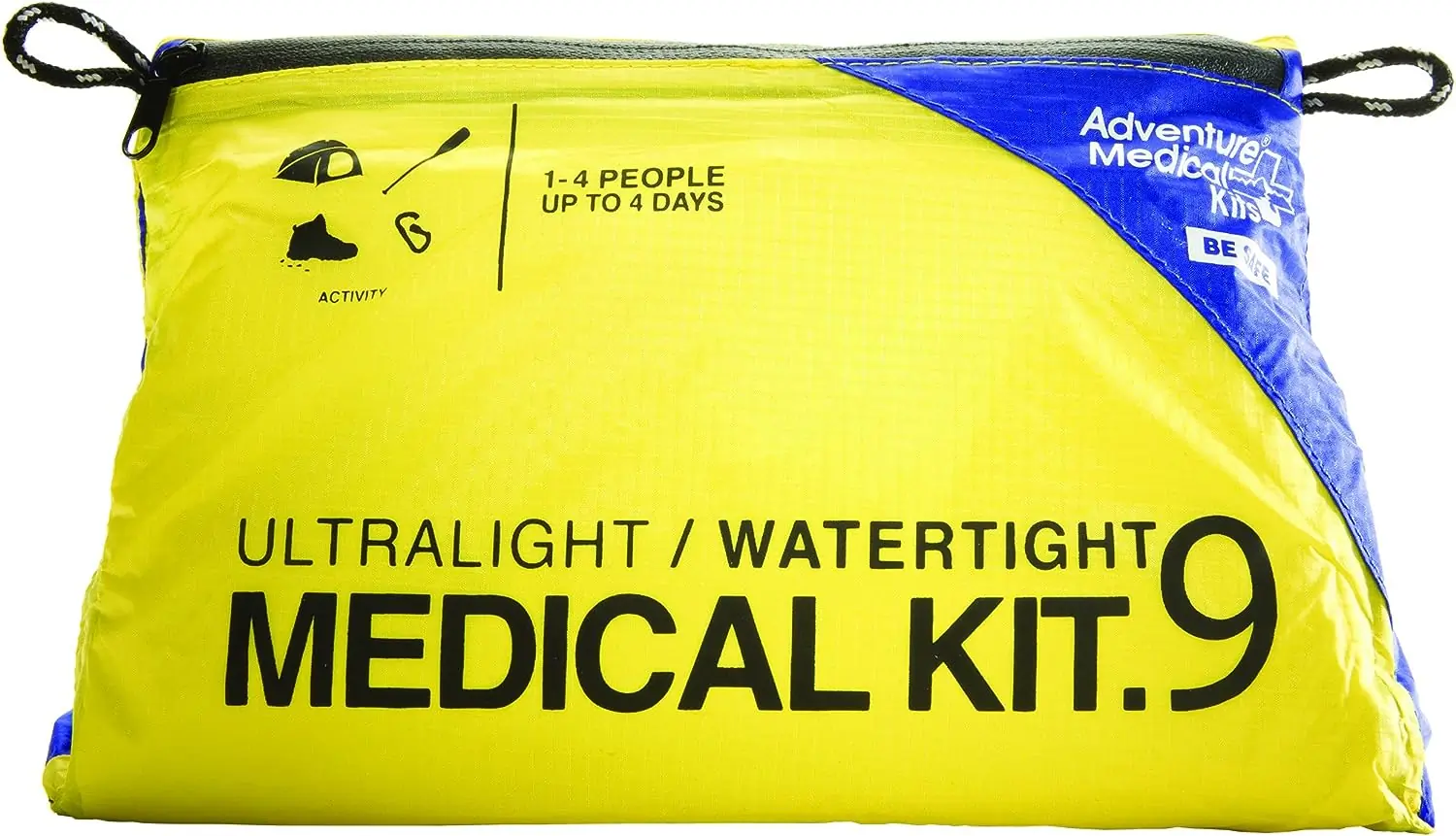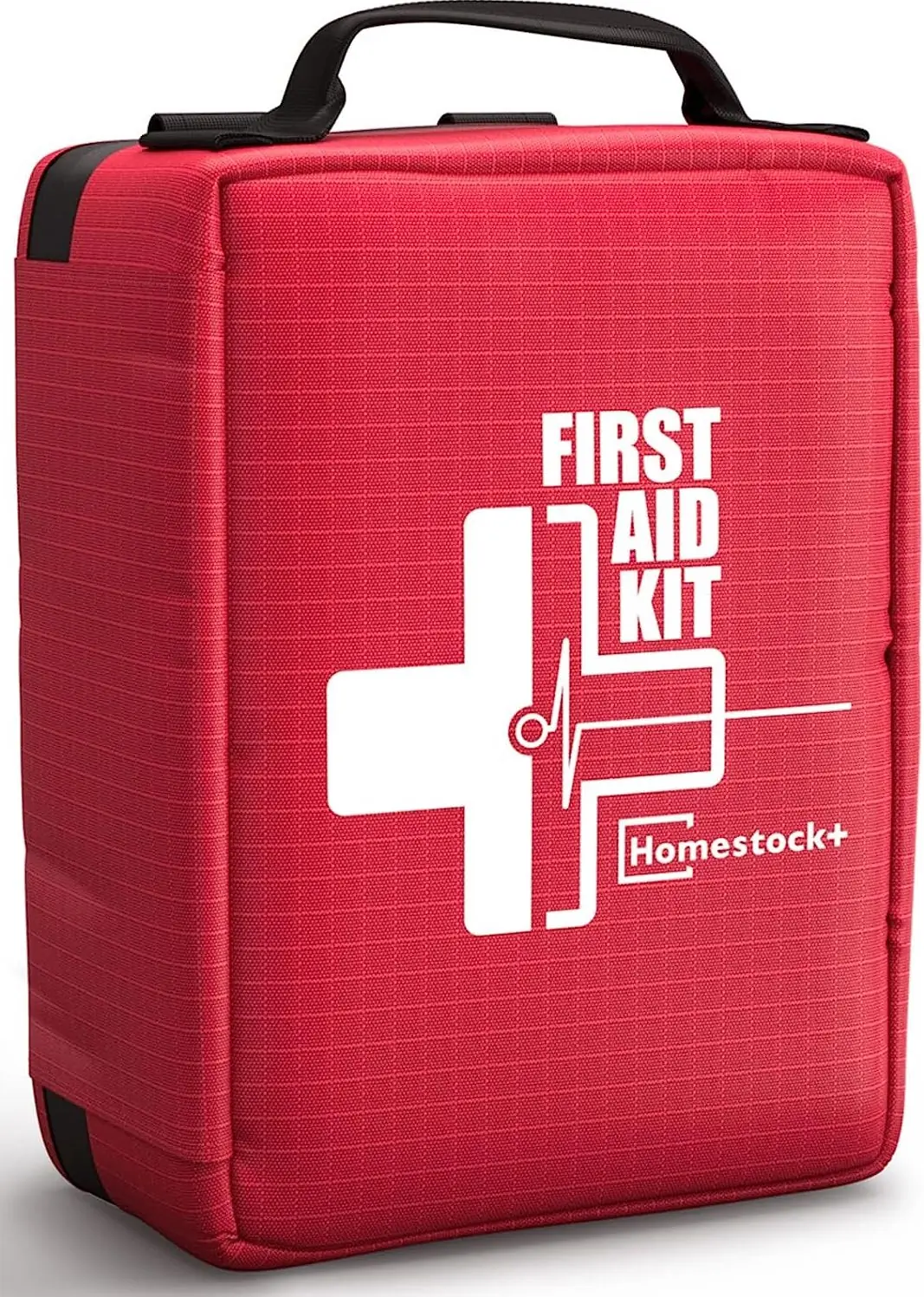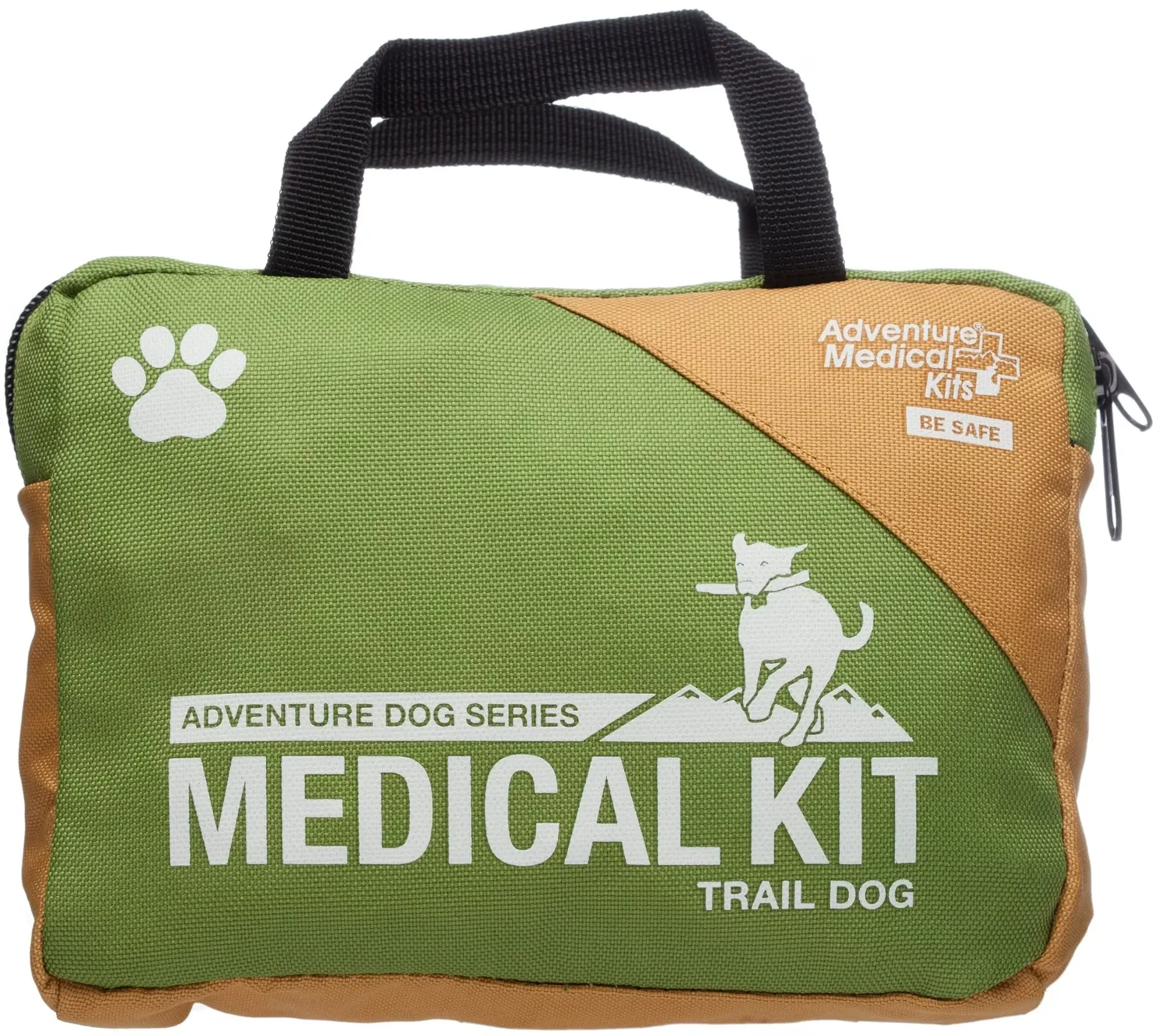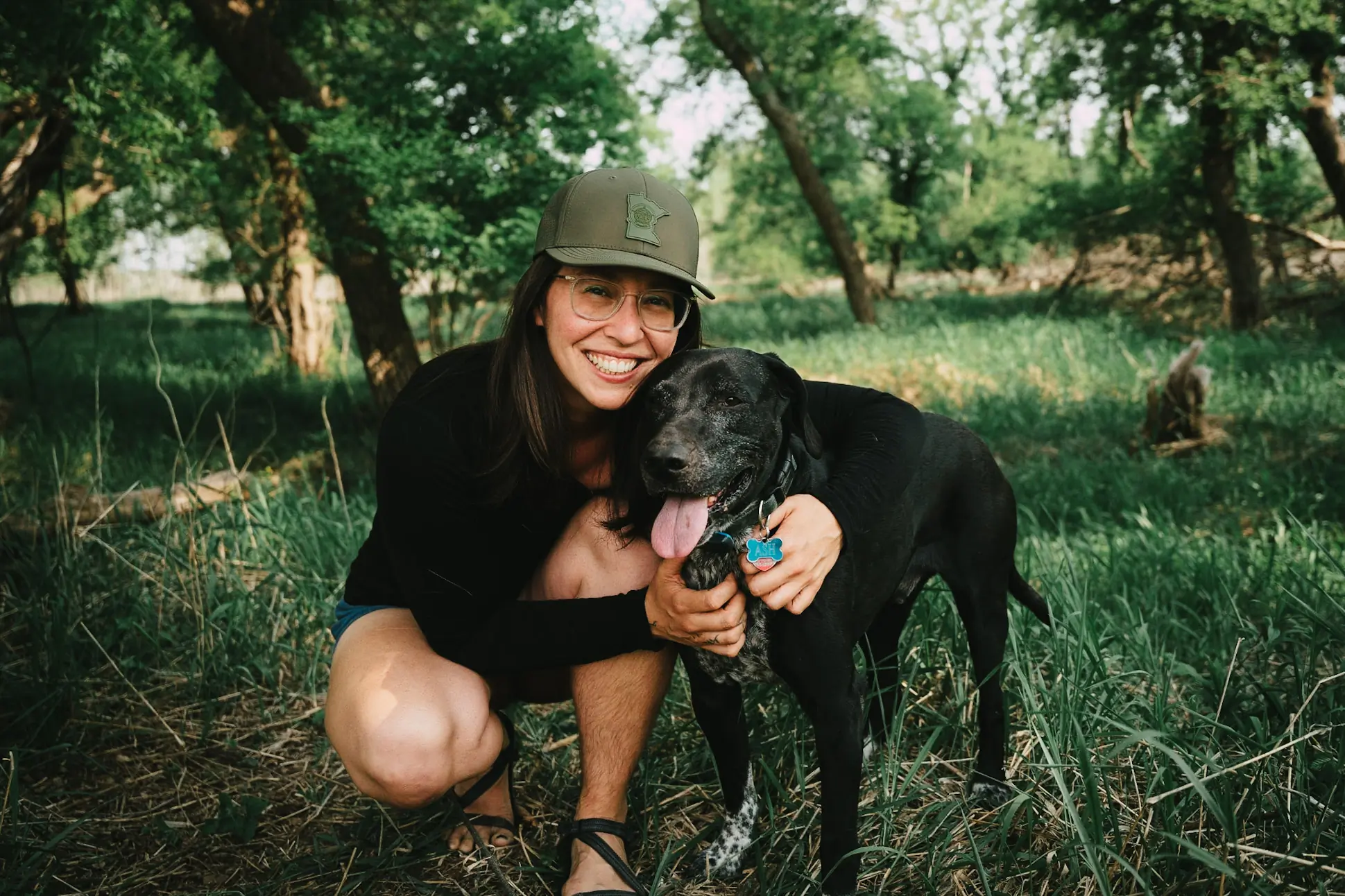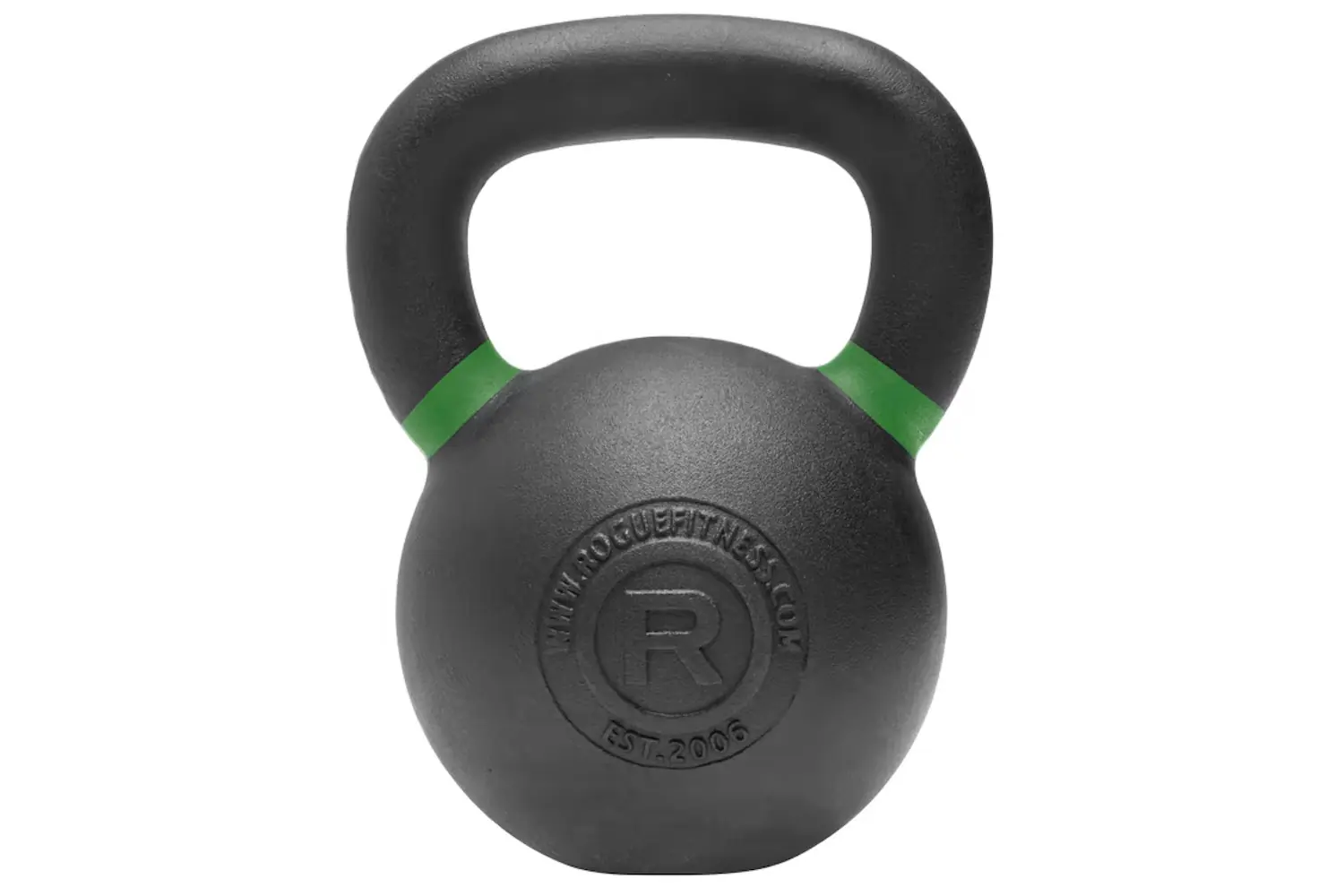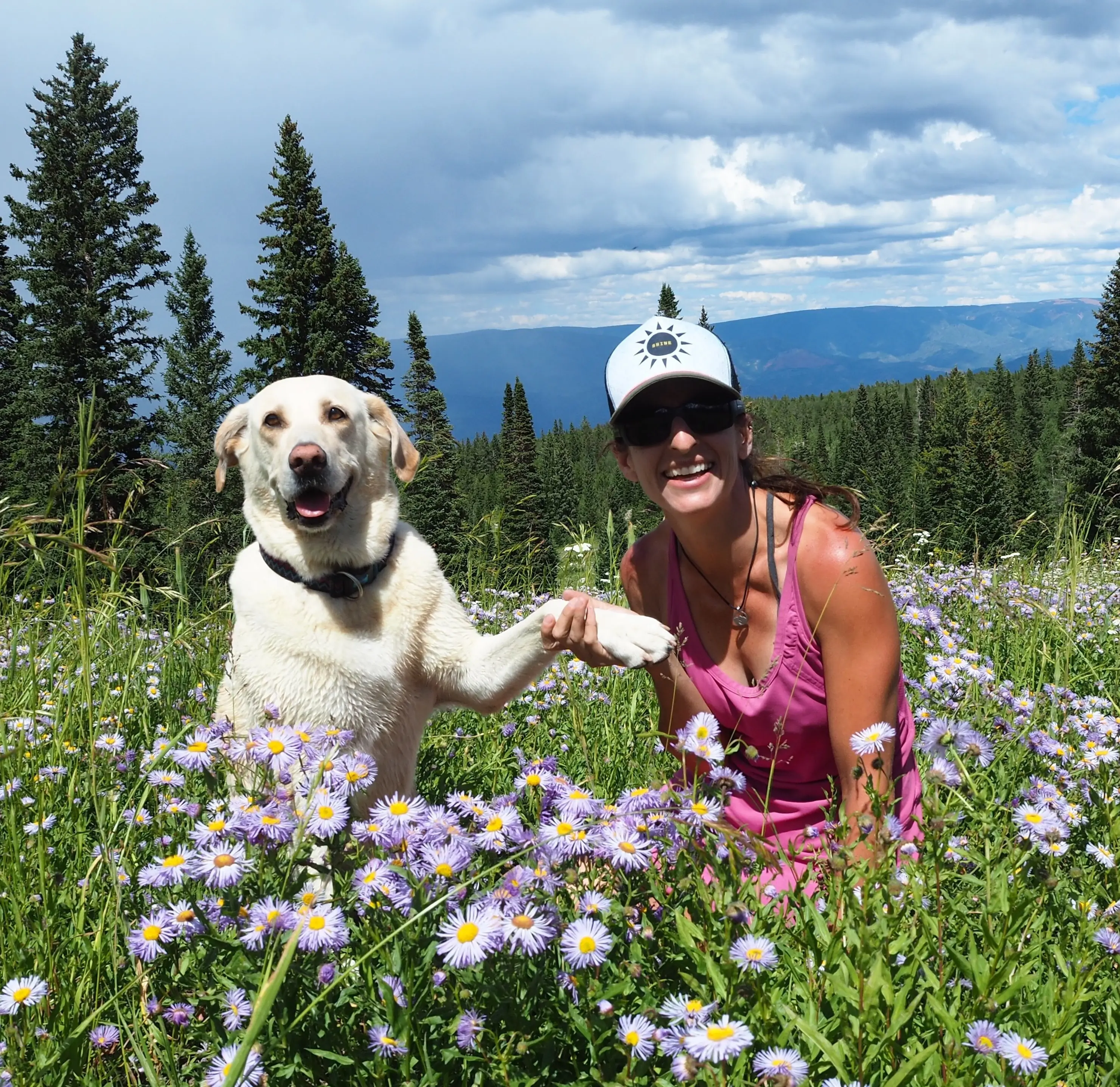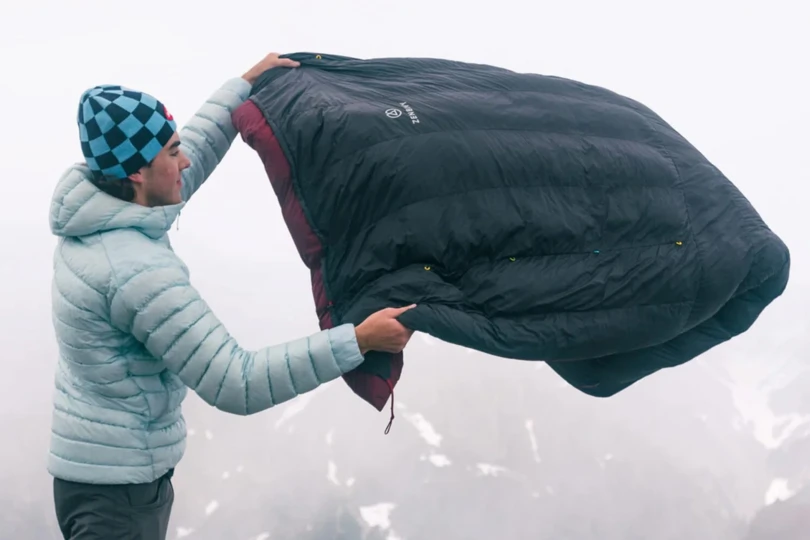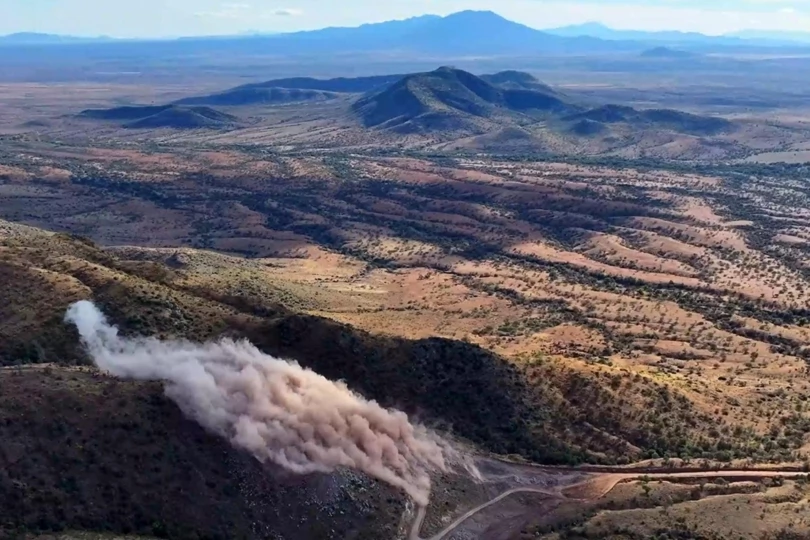Expect the best on your adventures, but be prepared for the worst by bringing along one of the best first-aid kits available. The GearJunkie team includes first responders, rock climbers, mountain bikers, hunters, anglers, and lovers of just about every other outdoor pursuit. Naturally, we’ve had to perform quite a bit of in-the-field first aid over the years. As a result, we’ve been testing many of these first-aid kits in our personal and professional lives for over a decade.
Lead tester Meg Carney is an avid outdoor enthusiast. She has guided backpacking trips and taught rock climbing. Through her professional pursuits and recreational passions, she has encountered enough injuries and had so many opportunities to use a first-aid kit that she’s an expert on what makes a good one. She combed the market to identify high-quality kits and, in due course, field-tested them with help from editor and longtime Wilderness First Responder Chris Kassar.
The Adventure Medical Kits Ultralight/Watertight .7 is our top choice, because it’s compact and spend-wise, but it still has all the essentials. Our best budget option, the HART Outdoor Weekend First-Aid Kit, offers a high-quality package for a fantastic value. Whether you’re looking to snag one for a day hike or an extended trip, we have something for everyone.
Editor’s Note: We updated our First-Aid Kits Guide on May 12, 2025, by adding a new favorite for day hikes: the HART Outdoor Day Hike First-Aid Kit.
The Best First-Aid Kits of 2025
Best First-Aid Kit for Backpacking
Adventure Medical Kits Mountain Series Hiker Medical Kit
8.5/10 RatingAdventure Medical Kits Ultralight/Watertight .7
- Weight: 8 oz.
- Dimensions: 8.5 x 6.5 x 2"
- Waterproof: Yes
Pros
- Lightweight
- Quality contents
- Waterproof
- Sewn-in loops for easy attachment
- Durable
Cons
- Low quantities of certain items
- Not sufficient for large groups
HART Outdoor Weekend First-Aid Kit
- Weight: 9.5 oz.
- Dimensions: 6.5 x 5.5 x 2"
- Waterproof: No
Pros
- Good packable size
- Fairly lightweight
- Great organization and labeling
Cons
- Low contents of certain items
- We wish that more tape was included
Adventure Medical Kits Mountain Series Hiker Medical Kit
- Weight: 7.2 oz.
- Dimensions: 6.5 x 5.5 x 3"
- Waterproof: No
Pros
- Lightweight
- Good-quality supplies
- Included Wilderness First Aid guidebook
- Well-organized
Cons
- Could use more pairs of nitrile gloves
- No included CPR mask
HART Outdoor Day Hike First-Aid Kit
- Weight: 3.5 oz.
- Dimensions: 5.5 x 4.5 x 1”
- Waterproof: Yes
Pros
- Very lightweight and packable
- Clear pockets make access easy
- Easy to repack
- High-quality products
- Enough room for a few additions
Cons
- No gloves or tweezer
- Not ideal for epic days
The Galby by Cascade First Aid
- Weight: 9.5 oz.
- Dimensions: 6.5” x 5” x 2”
- Waterproof: No
Pros
- Extensive bandage and wound care items
- Small and packable
- Water-resistant
Cons
- No included CPR mask
- Only one pair of gloves
- Expensive
More First-Aid Kits We Tested
- Weight: 2.5 – 2.7 lbs.
- Dimensions: 8.5” x 6” x 4”
- Waterproof: No
Pros
- Highly comprehensive kit
- Items to treat severe traumas
- Durable carrying case
- Well-organized and easy-to-find items
Cons
- Heavy
- Medical guide is only available as an ebook
- Weight: 1 lb.
- Dimensions: 7.5 x 6 x 3.5"
- Waterproof: No
Pros
- Quality contents
- Included removable CPR kit
- Well-organized
- Generous quantities
- Durable
Cons
- A little heavy for solo backpacking
- Doesn't include any medications
- Expensive
- Weight: 7.2 oz.
- Dimensions: 10 x 7.5 x 3"
- Waterproof: Yes
Pros
- Compact
- Lightweight
- High quality medications
- Durable, waterproof casing
Cons
- Small quantities of key items
- Weight: 1 lb., 3 oz.
- Dimensions: 7.9 x 5.9' x 3.6"
- Waterproof: No
Pros
- Well stocked with pads and bandages
- High quality shears
- Face shield included
Cons
- Bulky
- Lacks medications
- Weight: 12 oz.
- Dimensions: 7.5 x 1.5 x 5.3"
- Waterproof: No
Pros
- Well-stocked with dog-specific supplies
- Includes waterproof ziplock bag
- Inexpensive
Cons
- Low quantities of certain items
First-Aid Kits Comparison Chart
| First-Aid Kit | Price | Weight | Dimensions | Waterproof |
|---|---|---|---|---|
| Adventure Medical Kits Ultralight/Watertight .7 | $33 | 8 oz. | 8.5 x 6.5 x 2″ | Yes |
| HART Outdoor Weekend First-Aid Kit | $27 | 9.5 oz. | 6.5 x 5.5 x 2″ | No |
| Adventure Medical Kits Mountain Series Hiker Medical Kit | $30 | 7.2 oz. | 6.5 x 5.5 x 3″ | Yes |
| HART Outdoor Day Hike First-Aid Kit | $15 | 3.5 oz. | 5.5 x 4.5 x 1” | No |
| The Galby by Cascade First Aid | $70 | 9.5 oz. | 6.5” x 5” x 2” | No |
| My Medic MYFAK Mini | $115 | 2.5 – 2.7 lbs | 8.5” x 6” x 4” | No |
| Surviveware Small First-Aid Kit | $60 | 1 lb. | 6 x 4 x 8″ | No |
| Adventure Medical Kits Ultralight Watertight First-Aid Kit .9 | $46 | 7.2 oz. | 10 x 7.5 x 3″ | Yes |
| Homestock+ Professional First-Aid Kit | $37 | 1 lb., 3 oz. | 7.9′ x 5.9′ x 3.6” | No |
| Adventure Medical Trail Dog First-Aid Kit | $29 | 12 oz. | 7.5 x 1.5 x 5.3″ | Yes |
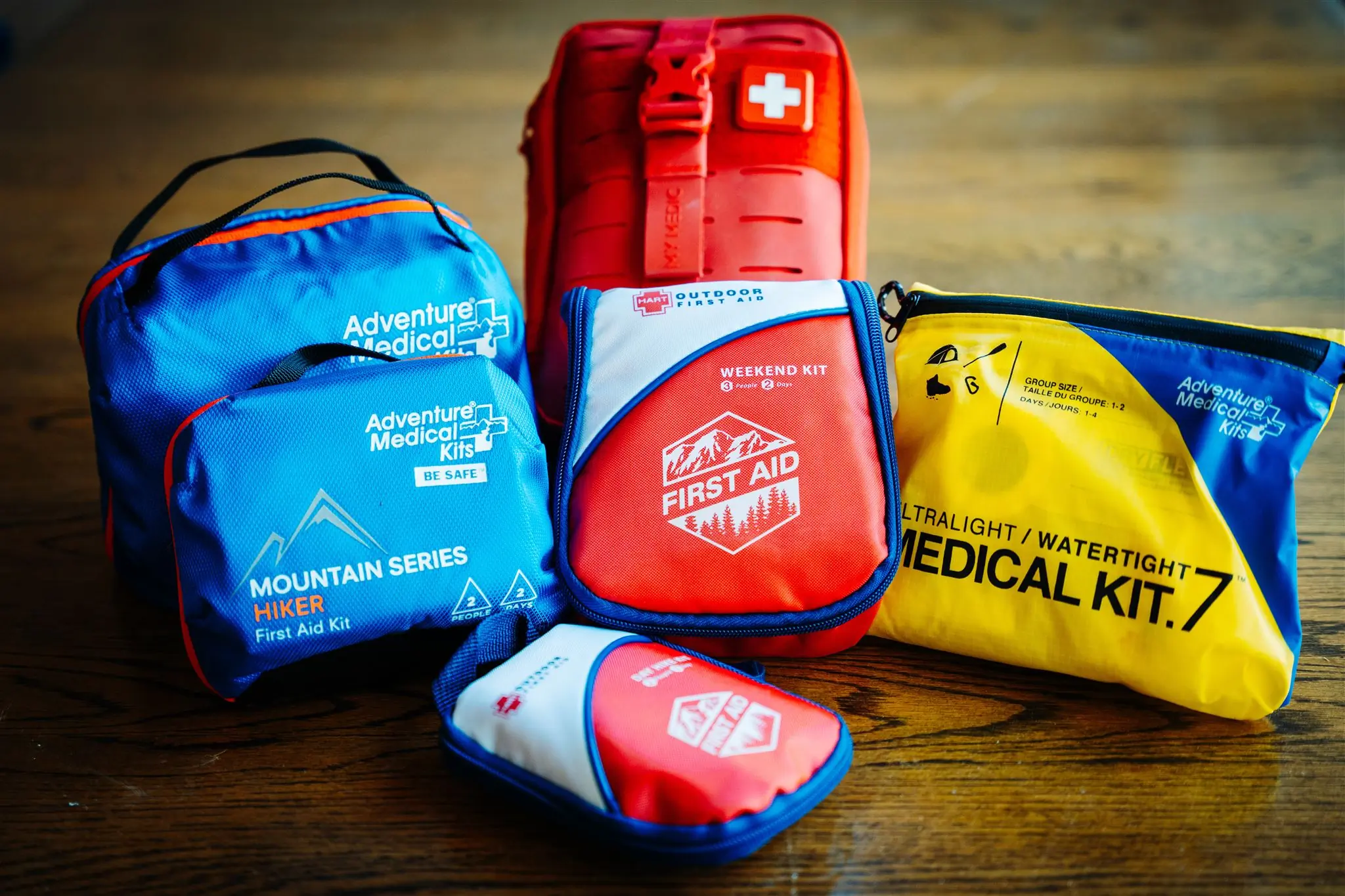
How We Tested First-Aid Kits
Our Testing Process
The only way to identify the best first-aid kits on the market is to carry them constantly and use them over time. Our staff put months into testing these different kits, carrying them on day hikes, overnight weekend road trips, solo backpacking trips, group camping trips, bikepacking trips, pack-paddleboarding and kayak trips, and more. We also tested different models and variations of kits to see how they vary by brand and where each first-aid kit excels.
Our testing process stopped short of intentionally injuring ourselves to truly assess the quality of each kit’s contents. Still, we looked over each kit with care. Not all bandaids and trauma shears are made equal, and poor quality stands out like a sore thumb.
Additionally, we considered size and weight, overall value, and the quality and durability of each kit’s outer case. As new first-aid kits hit the market, we’ll be sure to consider them for this list. This article will include the best premade kits that money can buy at any given time.
Our Expert Testers
The original author of this article, Austin Beck-Doss, used to work as an outdoor guide and instructor and always carried — and sometimes had to use — a group first-aid kit in the field. He’s taped dozens of ankles, applied Moleskin on countless hot spots, and bandaged various cuts and scrapes. He continues to carry a first-aid kit for personal use, and he’s a sharp critic about what exactly makes an effective first-aid kit.
While working on this list of recommendations, Austin considered the most common injuries that outdoor enthusiasts encounter. All sorts of medical supplies are available, but the kits in this list are stocked with items you’re likely to use.
In 2024, we brought on testers Katie Davis, Chris Kassar, and Meg Carney to help us expand our selection. Katie is a seasoned outdoor professional with countless hours in the field. Meg is a guide and climbing instructor who has responded to many emergencies in the field. If you’re rounding out your survival essentials for backcountry travel, check out our guide to the best firestarters, best compasses, and best emergency radios.
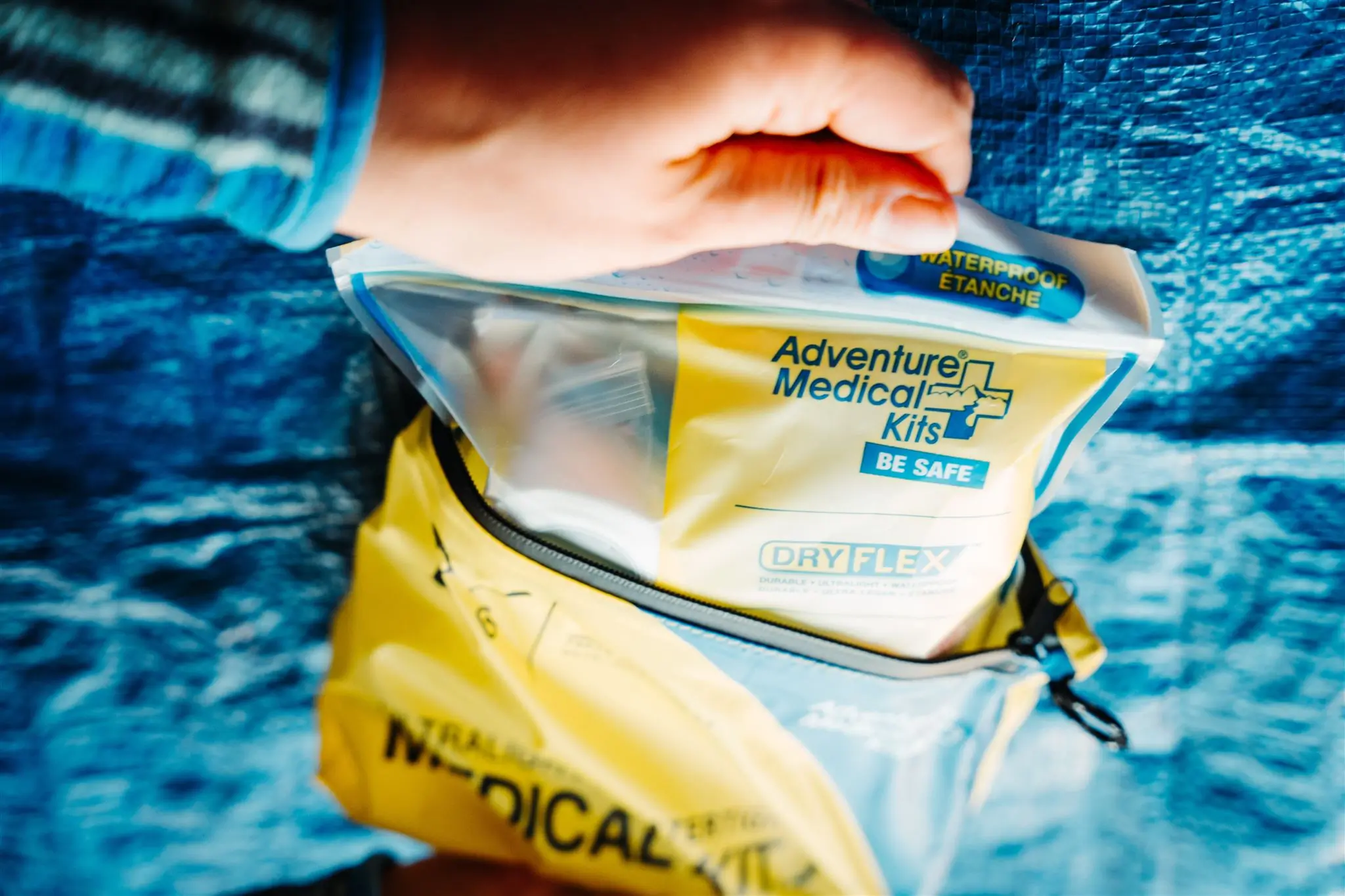



Buyer’s Guide: How to Choose a First-Aid Kit
The first-aid kit you choose should be able to handle the situations or injuries likely to accompany your personal pursuits. If you need a first-aid kit for solo lightweight backpacking, you probably shouldn’t purchase a large, heavy kit that’s better suited to car campers.
Similarly, if primarily bringing your first-aid kit on multipitch climbing routes, you don’t need a kit full of first-aid supplies for dogs. Simply put, there are lots of first-aid kits available, and you’ll need to be discerning to identify the best one for you.
Many current first-aid kits include the number of days and number of people the contents serve. For example, a kit designed for two people for 4-5 days could work in various scenarios.
Many key factors differentiate one from the next, which we’ll explore below. The most important are kit size, weight, supplies included, durability, price, group size, and type of activity.
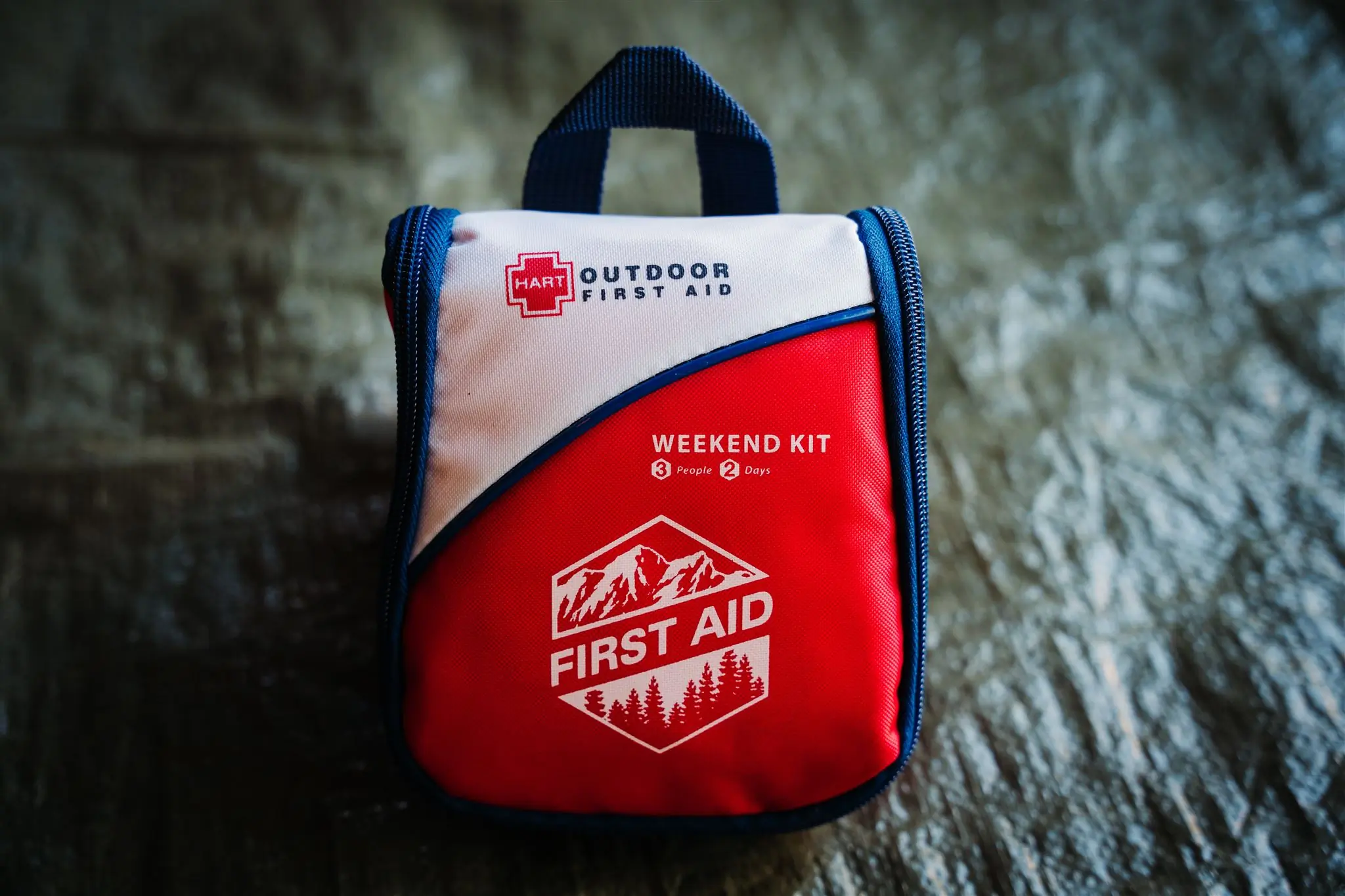



Size
First-aid kits come in all shapes and sizes. If you want to carry your kit on long trail-based adventures like thru-hiking or trail running, go with something small that will fit easily in a backpack or fanny pack. The Adventure Medical Kits Ultralight/Watertight .7 weighs less than half a pound and clips easily to the outside of a pack or harness, or it can stash into a hydration vest.
Generally, small and ultralight first-aid kits, like our top pick for day hiking, the HART Outdoor Day Hike First-Aid Kit, are good for just a few people on single-day trips or brief overnight outings. But most small or ultralight packs don’t include the ideal supplies for larger groups or trips that venture far out into the front country.
Larger kits, like the Homestock+ Professional First-Aid Kit and the MyMedic MYFAK Mini, are better for supporting a group of more than two people over longer trips. The downside to a larger kit is increased weight and volume.
Weight is probably less of a concern for car camping, canoeing, or river rafting, so a large kit may be the way to go.
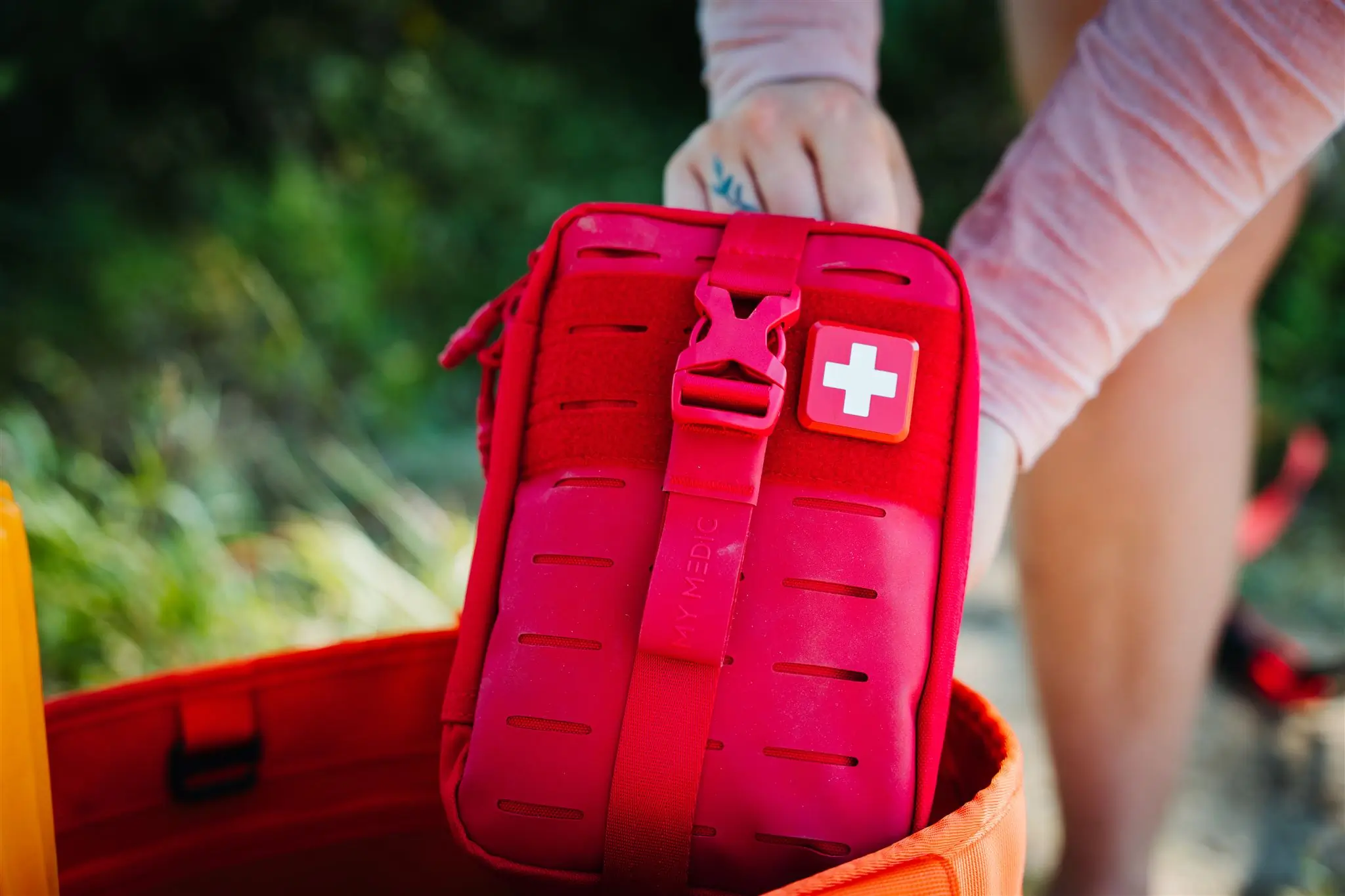



Weight
The kits on this list range in weight from less than half a pound to almost 2 pounds. If your activity of choice requires you to consider every ounce, go for something small and light like the Adventure Medical Kits Ultralight/Watertight .7. Remember, less weight usually means fewer supplies and reduced quantities.
You should also consider that every first-aid kit can be customized at home. If certain supplies are deemed unnecessary, you can leave them behind to shave weight or replace them with supplies that better suit your needs.
For activities like car camping and whitewater rafting, weight may be of less concern, and you could get away with bringing a heavier kit along. A heavier kit usually means more supplies, which is a good thing for large groups and long trips.
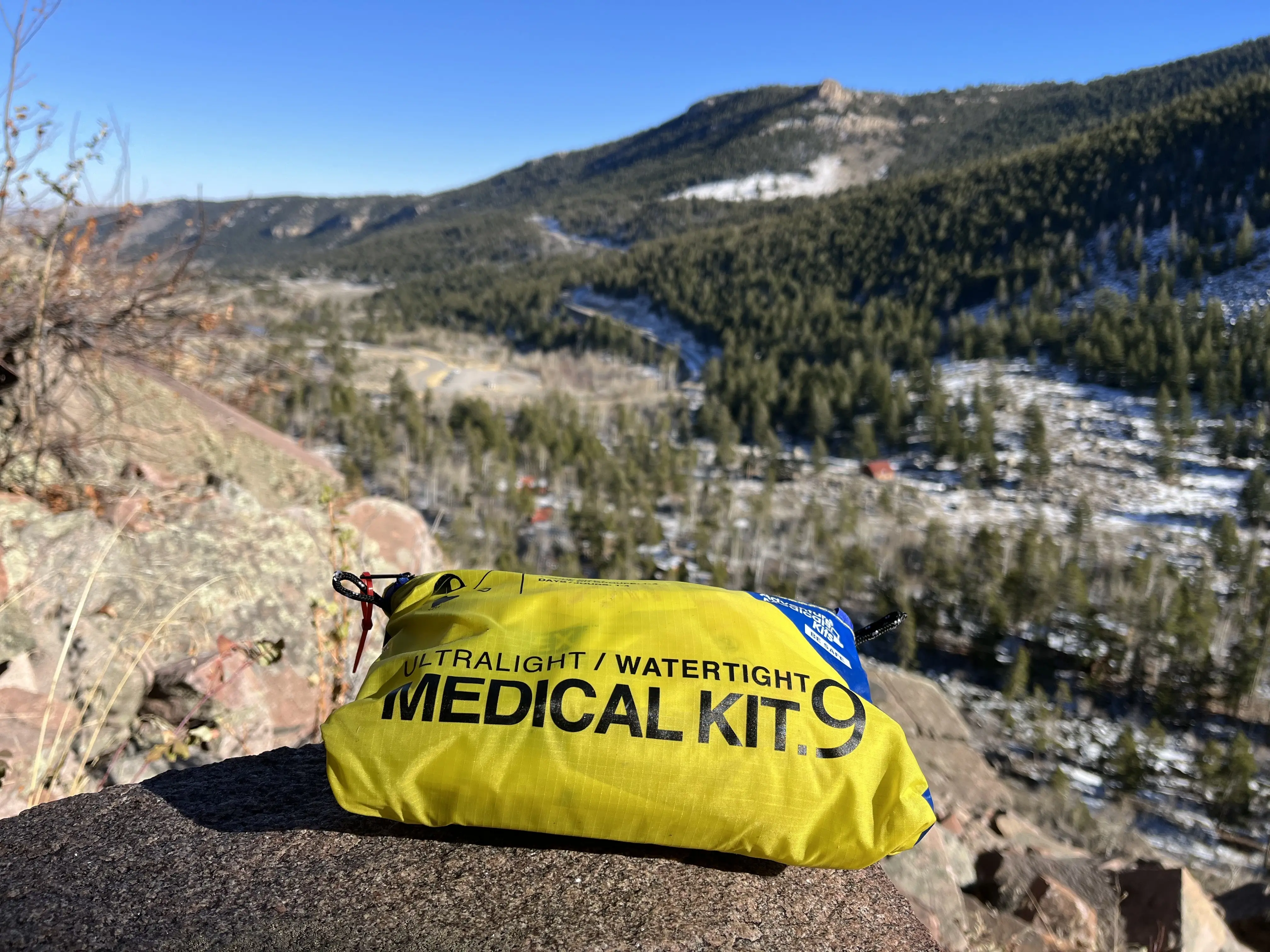



Supplies Included
Before purchasing a first-aid kit, read through the list of supplies and consider whether or not the kit comes with the kinds of items you’re likely to need.
Almost all kits come standard with a certain quantity of adhesive bandages, various forms of gauze, antibiotic ointment, medical tape, and more. Other items that are less often standard but potentially highly important include trauma shears, basic medications, finger splints, and emergency blankets.
Be sure to check the quantity of each included item. Some kits, like the Surviveware Small First Aid Kit, come with an impressive 100-plus items. However, a closer inspection reveals that many of these are small adhesive bandages.
Another important item to look out for is a first-aid reference. A small reference book is especially important for those without medical training who may not know how to use the items in their kit. If you don’t know how to use your kit and it also doesn’t come with an instructional guide, the kit won’t be very useful to you in the field.
Some kits are small but still include some high-quality, high-value items. The Adventure Medical Kits Mountain Series Hiker Medical Kit is quite compact but still includes potentially crucial items like a pair of medical-grade trauma shears and a variety of medications.
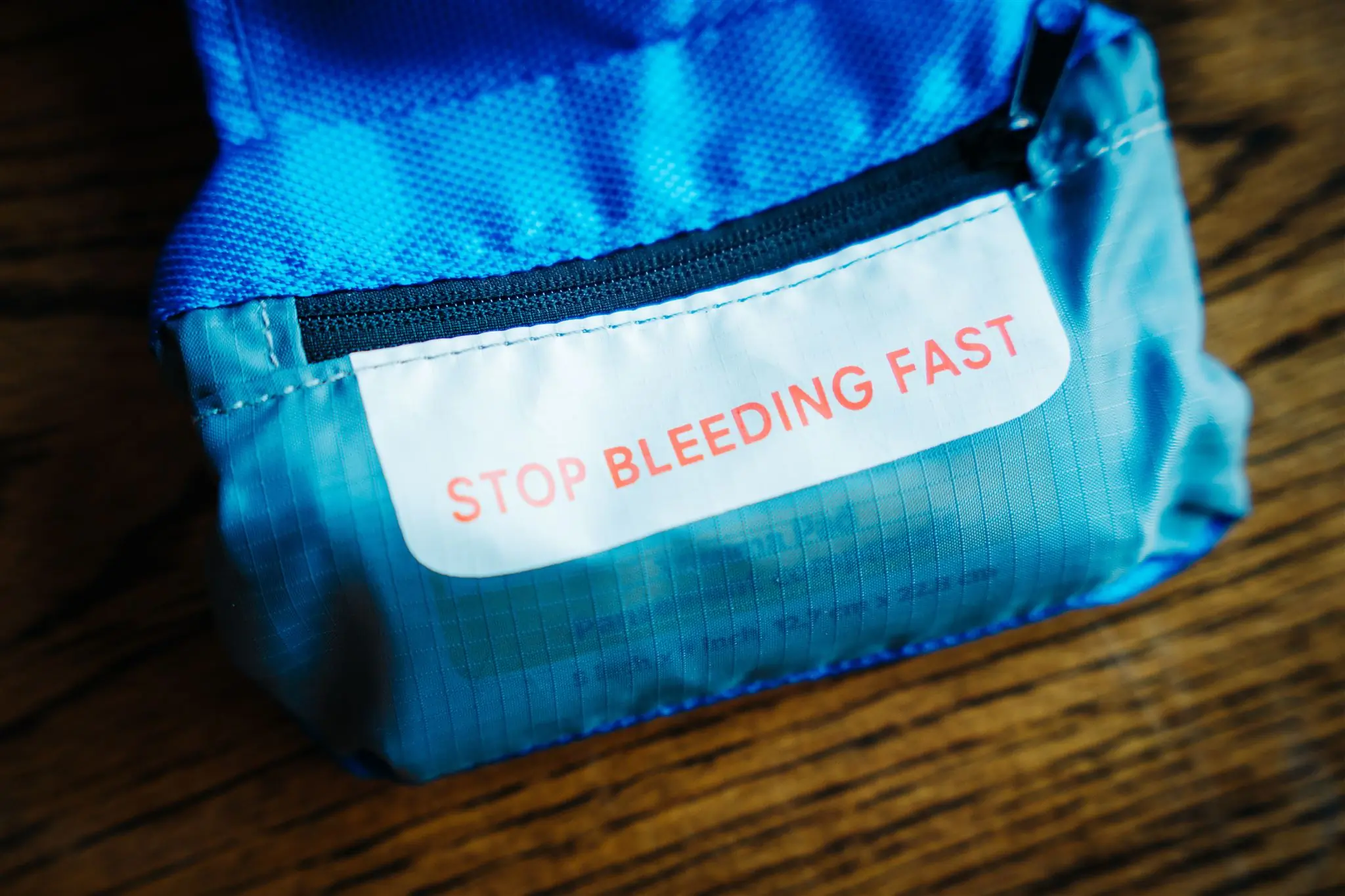



Durability
A durable kit will withstand the conditions it’s designed to be exposed to. First, it should have a durable outer case. We like that the Adventure Medical Kits Ultralight/Watertight .7 comes in a watertight bag.
Other kits on this list, like the Surviveware Small Kit, have a high-denier nylon carrying case that resists abrasion and holds up in the long term. You don’t want to have to break out your sewing supplies to do surgery on your first-aid kit.
Because many common medical supplies are fragile and vulnerable to water, it’s wise to seek out a waterproof kit. This is especially important for those who plan to bring their kit along on water-based activities like kayaking or rafting. Kits that aren’t already waterproof can be customized with a durable ziplock bag or a dry bag.
If possible, check the expiration dates of supplies inside a kit before you purchase. Many kits come with medications, which is great unless they’re all due to expire soon. I have gotten into the habit of checking the dates of all my kits’ medications every 2-3 months or so and replacing them as needed.
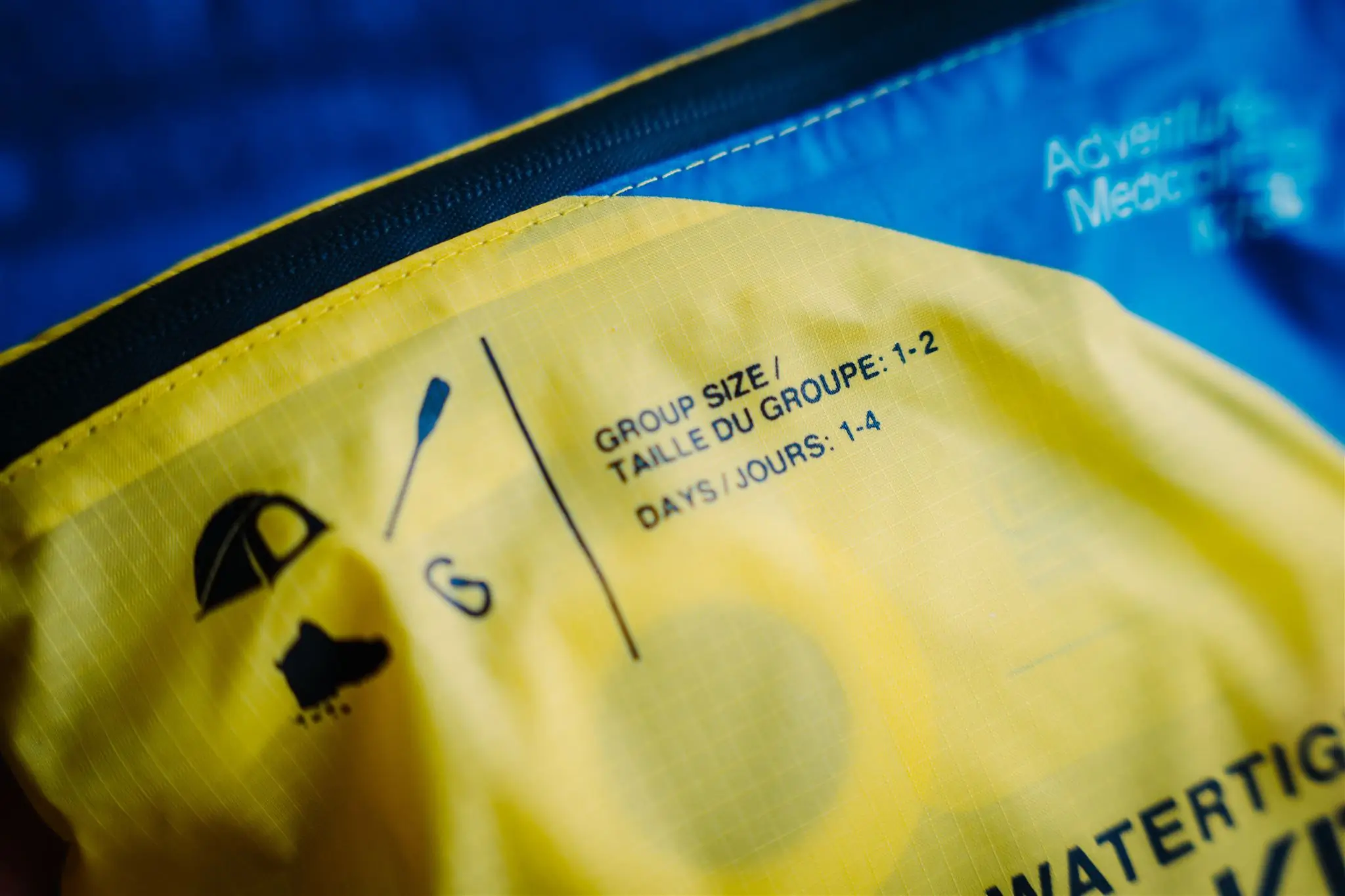



Group Size
Most first-aid kits are designed to support a certain number of people for a certain number of days. Ultralight kits are usually made to accommodate one or two people on shorter trips of 1-2 days. Larger kits can support larger groups on longer trips.
Often, the difference between a single-day kit and a long-trip kit is supply quantity. For example, a kit with a single triangular gauze would be fine for a single day out when multiple injuries are unlikely. However, on multiday trips, you might need to use certain items multiple times over the course of the trip, so the supply quantity should reflect this.
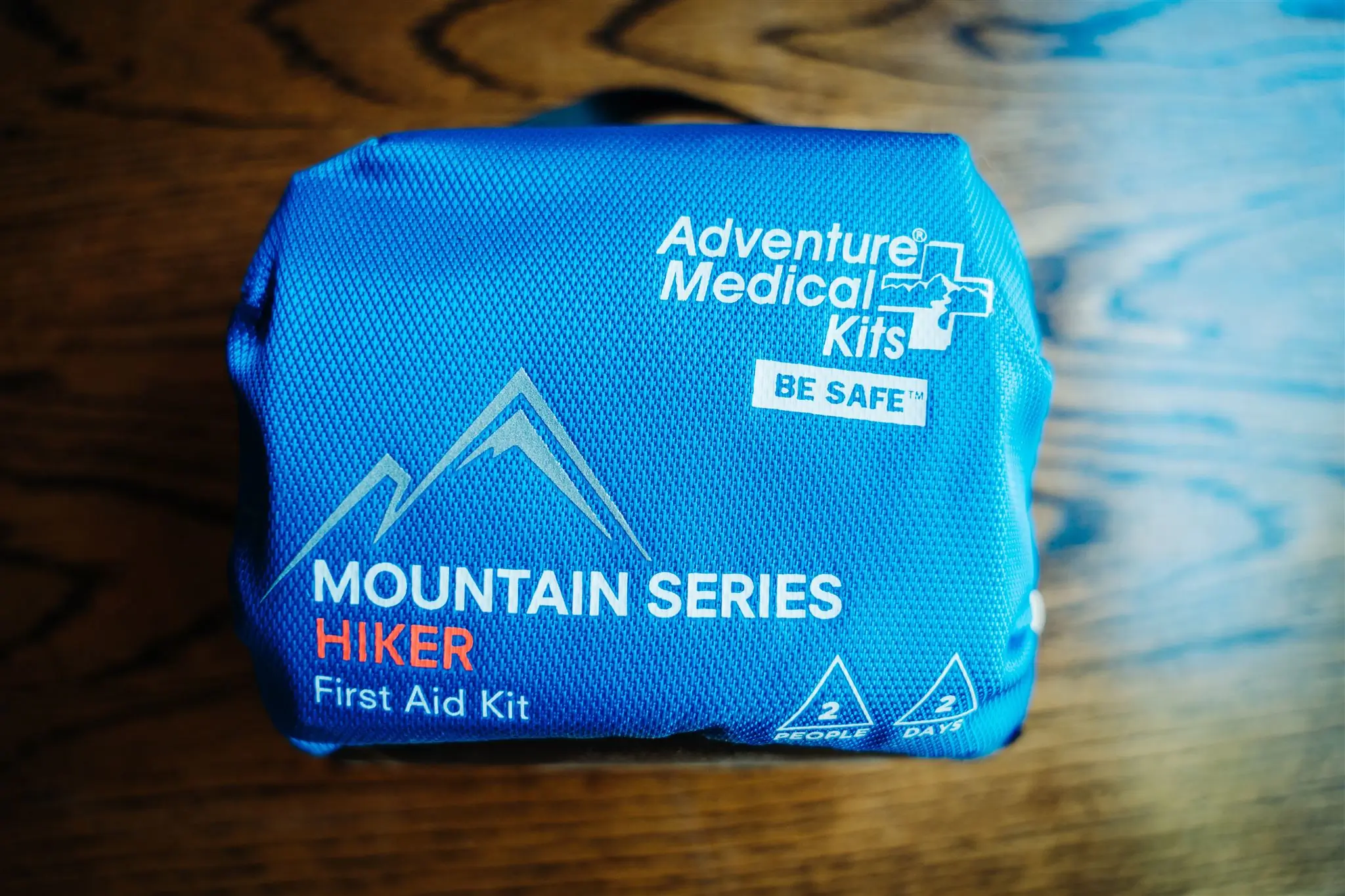



Type of Activity
Some first-aid kits, like the Adventure Medical Kits Series Hiker, are made for specific activities. These can be super helpful because they’ve been put together with special consideration for the injuries likely to occur during that activity.
For example, a good hiking first-aid kit will likely include plenty of supplies to treat a sprained ankle or skinned knees. A first-aid kit aimed at mountain bikers, like the Cascade First Aid Galby First-Aid Kit, contains supplies like bandages that are ideal for dealing with emergent injuries more likely to happen while riding a mountain bike.
While activity-specific kits may be slightly less versatile than other options, they are ideal for those who will be sticking to one activity.
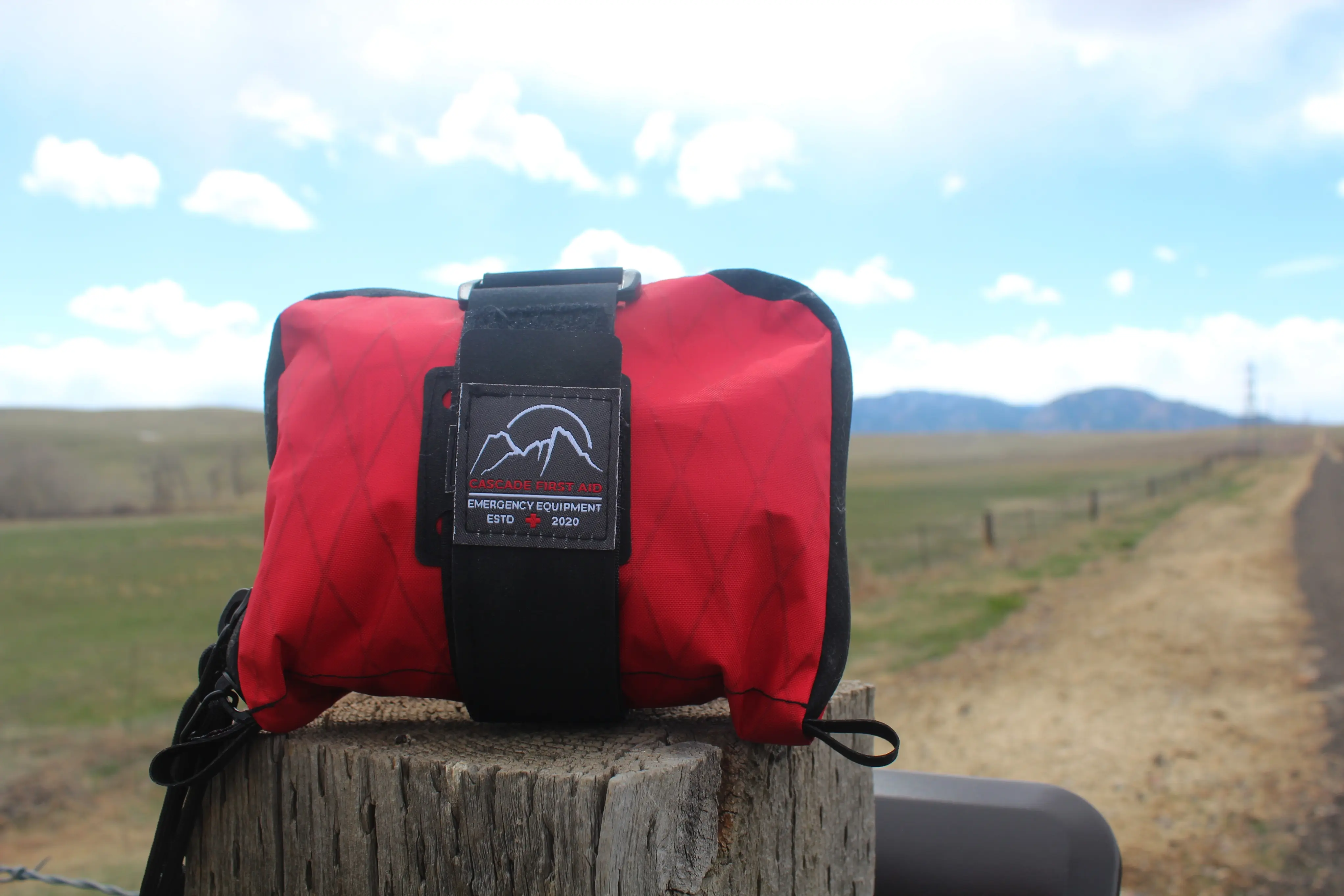



Price & Value
Pre-made first-aid kits are found in three price categories: budget ($20-30), mid-tier ($30-50), and premium ($60 and above). Each category showcases the top options available, detailing the features you gain or the sacrifices you make at each level.
Budget
In the budget range of $15-30, the HART Outdoor Weekend First-Aid Kit ($27) is a good mix of essential supplies, making it suitable for one or two people over a weekend. However, you sacrifice durability and comprehensive first-aid contents by opting for a budget kit. The limited quantities of items may require frequent restocking, which can be a downside in emergencies. Our lowest priced kit, the HART Outdoor Day Hike First-Aid Kit ($15) is only good for mellow day hikes when you want something to treat blisters, a headache or a cut.
Mid-tier
Mid-tier first-aid kits range from $30 to $50, including options like the Adventure Medical Kits Mountain Series Hiker ($30) and the Homestock+ Professional First Aid Kit ($37). These kits provide better organization and more extensive supplies than budget options. The Mountain Series Hiker includes labeled pouches for easy access, while the Homestock+ has a selection of bandages and tools. However, even at this price point, you miss out on some advanced features like full waterproofing and comprehensive medications found in higher-end kits.
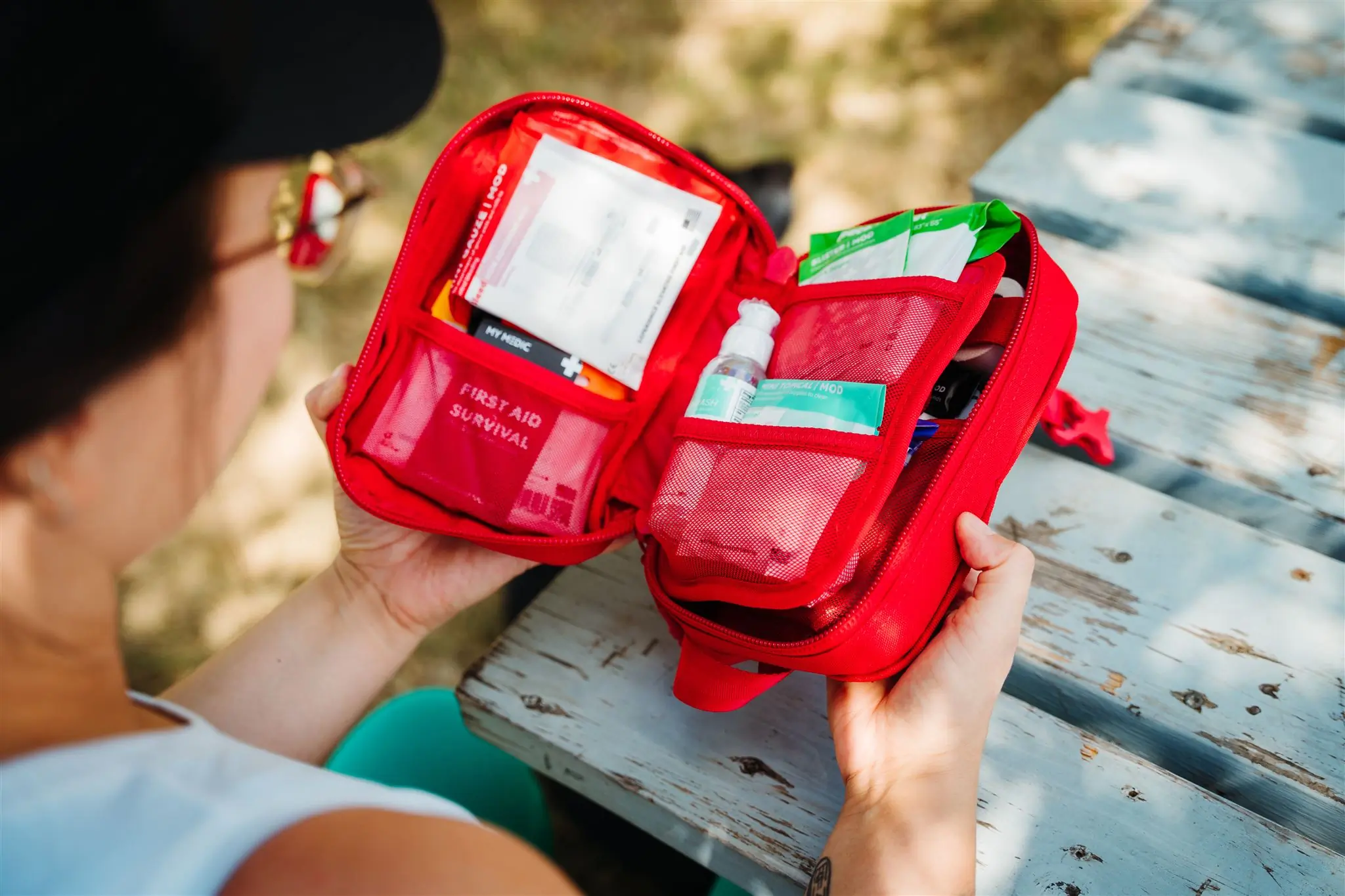



Premium
Expect to pay $60-120 for an activity-specific or premium first-aid kit. The Surviveware Comprehensive Small First Aid Kit ($60) and The Galby by Cascade First Aid ($70) have a more rugged construction and array of supplies than budget or even most mid-tier options.
The Surviveware kit includes essential tools like trauma shears and a tourniquet, while The Galby focuses on the needs of mountain bikers with bandages for quick response. For those seeking an even more comprehensive solution, the MyMedic MYFAK Mini ($115) offers advanced supplies and trauma items suited for serious emergencies.
Frequently Asked Questions
While we recommend all of the first-aid kits on this list for various reasons, we have selected the Adventure Medical Kits Ultralight/Watertight .7 as our choice for the best overall first-aid kit — though, we’ve also used the Adventure Medical Kit .9 (that accommodates a slightly bigger group) and the Mountain Series kits as well, and liked those too.
Ultimately, the best first-aid kit to buy is the one that’s most likely to be useful when you need it.
While the supplies in first-aid kits vary depending on the purpose and design of the kit, some key items should be on every first-aid kit checklist. These essential first-aid items include:
- Adhesive bandages of various sizes
- Medical tape
- Gauze
- Sanitary gloves
- Scissors or trauma shears
- Tweezers
- Antibiotic ointment
- Compression bandages
Other items that are less universal but still potentially valuable include:
- Irrigation syringes
- OTC medications
- Burn ointment or 2nd Skin burn pads
- Cloth slings or splints
- Tourniquets
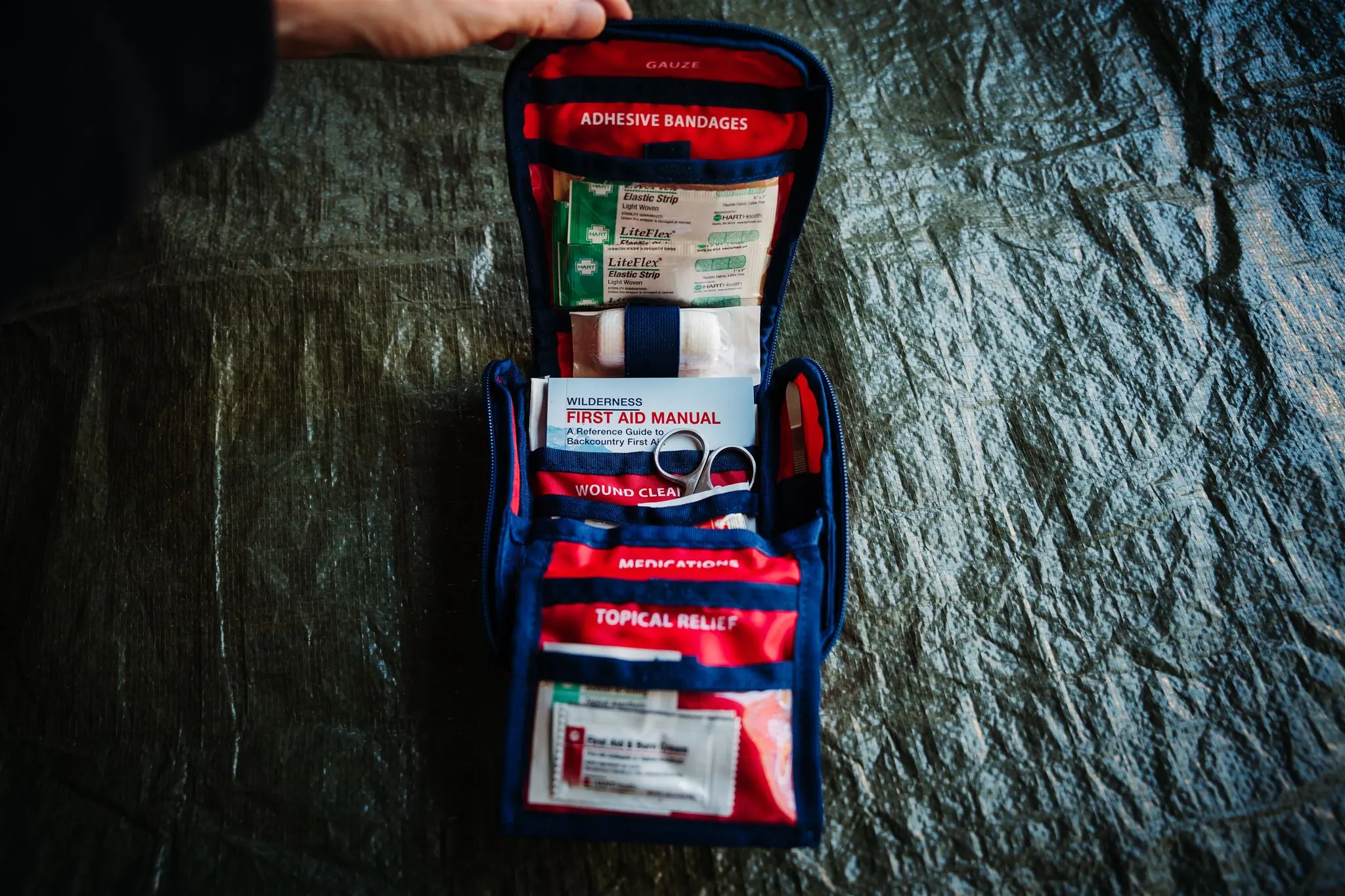



What are some basic first-aid skills?
Basic first-aid skills include the ability to treat and care for common injuries and ailments. Properly cleaning a small cut and applying an adhesive bandage ranks as basic first aid.
Those who administer first aid can continue to work on their skills over time and increase the level of care they can provide. Before going out to recreate with your first-aid kit, it’s helpful to know how to deal with a range of injuries and emergencies that are most likely to occur — from wound care to blister prevention to lifesaving CPR.
First-aid courses are regularly available in most areas and regions. Some common providers of basic first-aid courses include the American Red Cross and the National Safety Council.
For medical training designed specifically for the outdoors, certifications like Wilderness First Aid and Wilderness First Responder are worthwhile pursuits. Common course providers of wilderness medicine include NOLS and Wilderness Medical Associates.
That depends. Usually, medications are the first items in a first-aid kit to expire. However, many other first-aid kit supplies have expiration dates too.
The adhesive on a roll of tape can also expire — if your tape is old and disintegrating, it’s useless! A new first-aid kit should last for a year or more before anything inside expires, but it all depends on the specific contents of the kit.
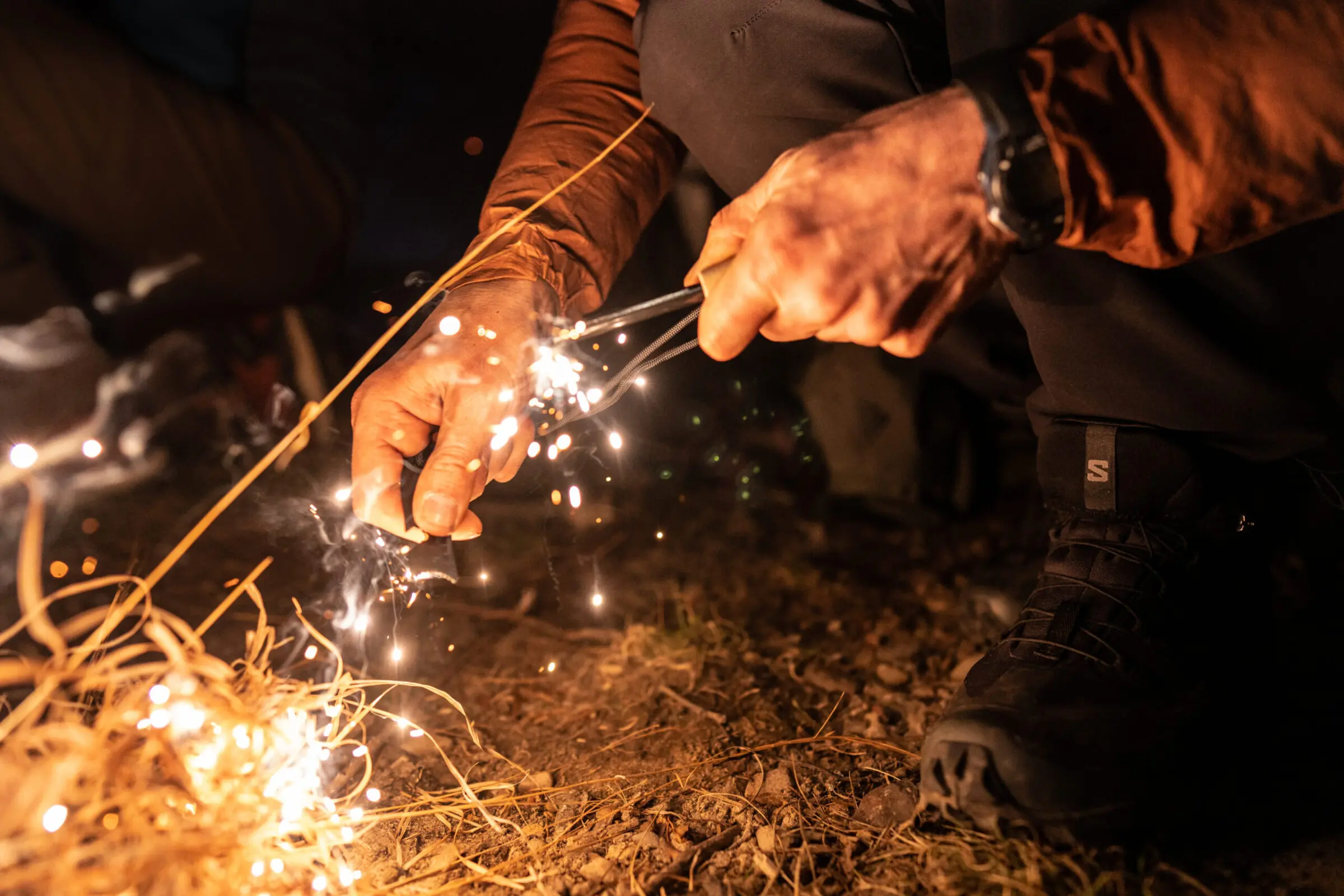

The Best Firestarters of 2025
We tested the best fire starters from Wolf & Grizzly, Light My Fire, UCO, and more to help you find the best option for your needs and budget.


The Best Hiking Boots for Women of 2025
We tested the best hiking boots for women from Scarpa, Merrell, Salomon, La Sportiva, and more to help you find the best option for your needs and budget.
